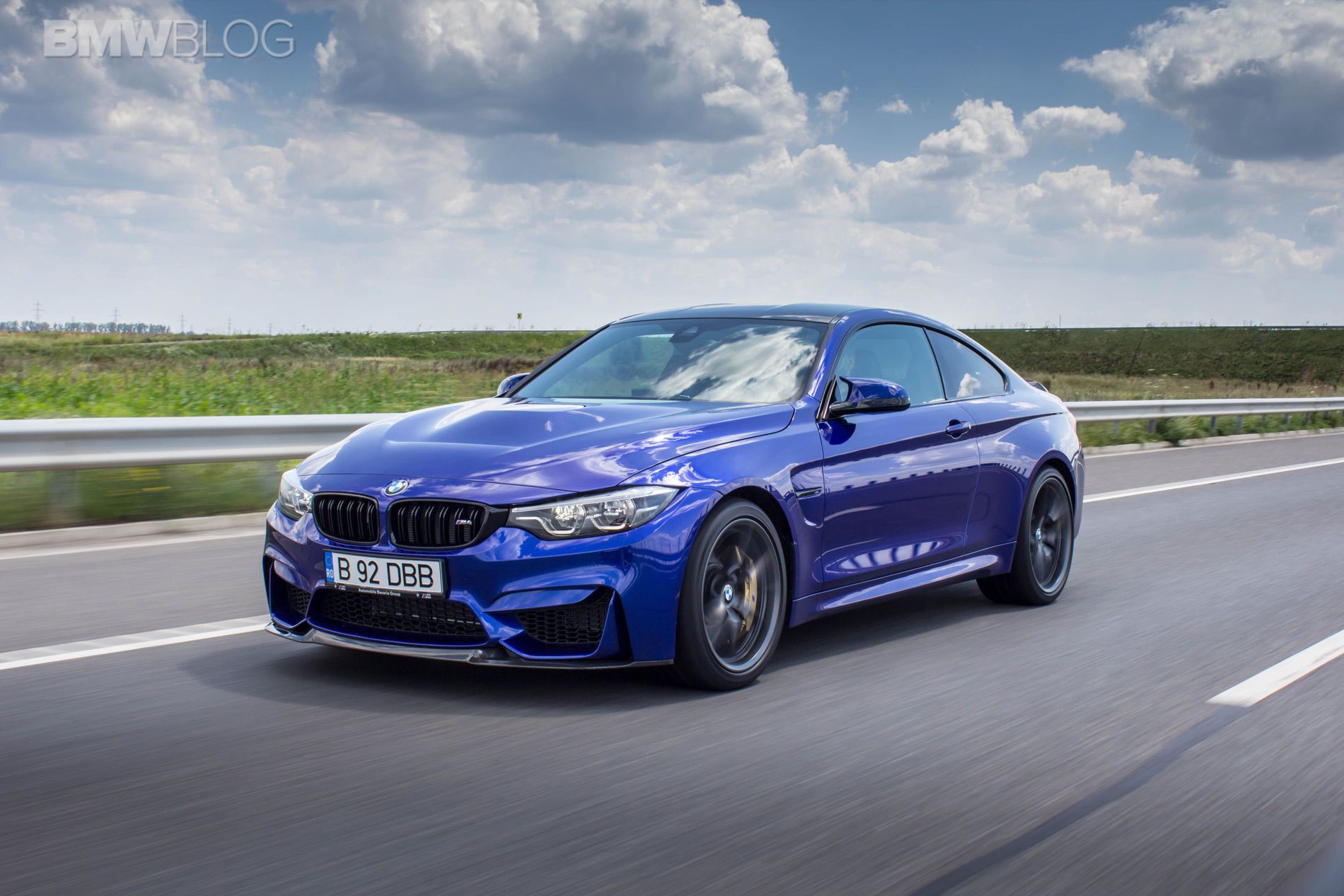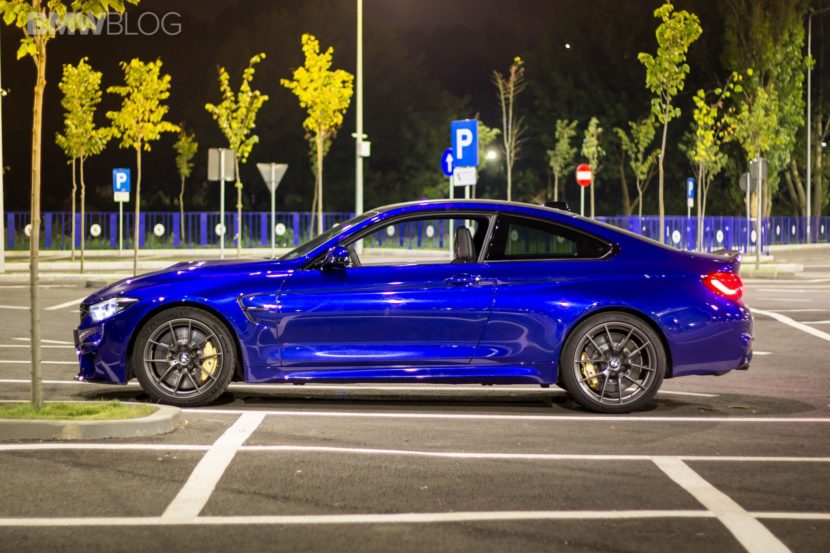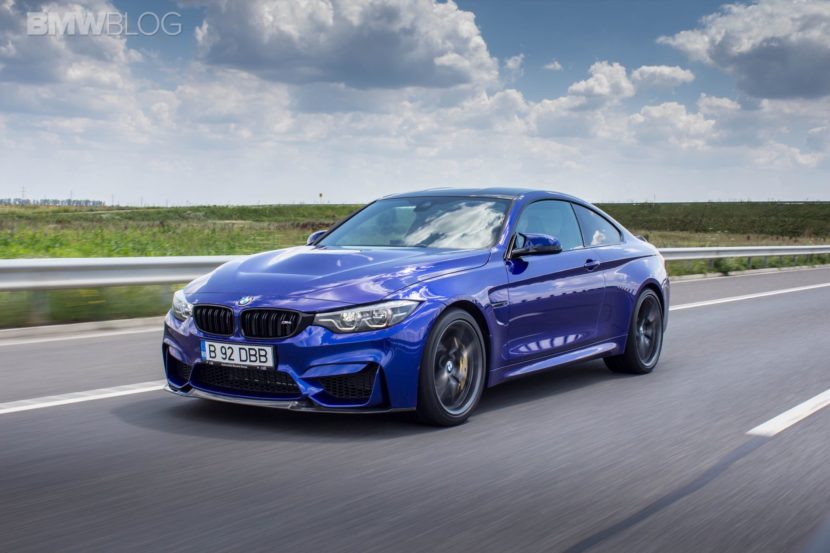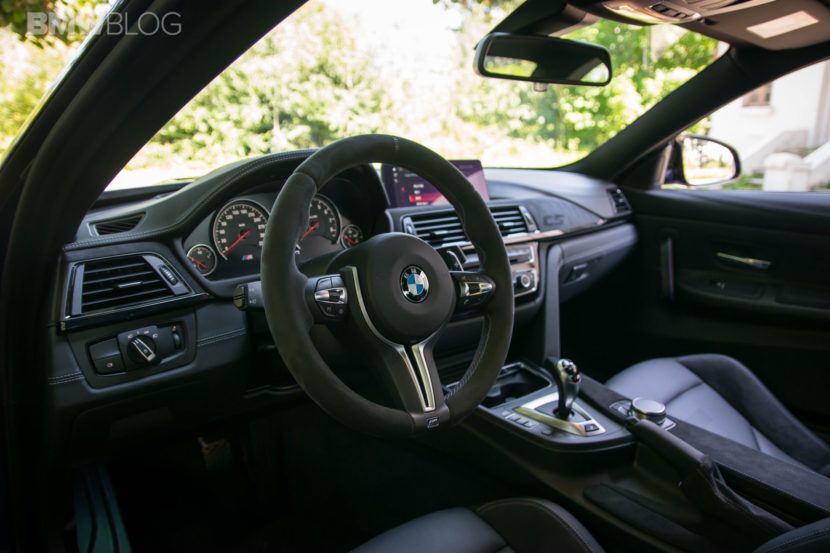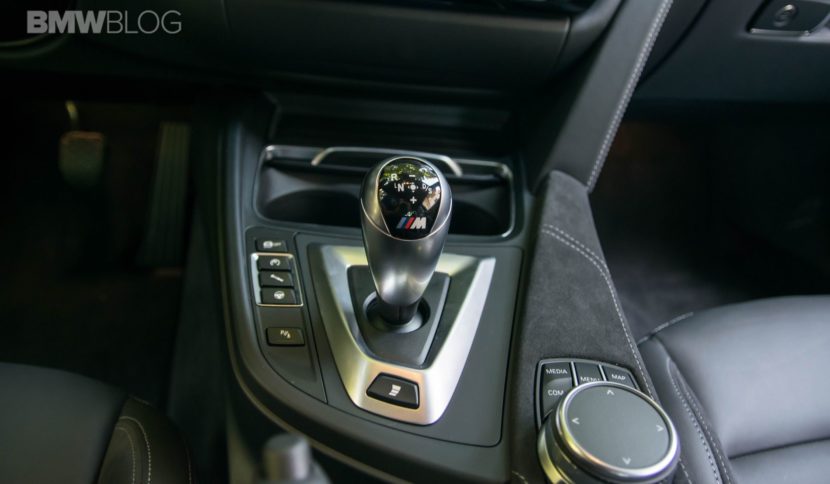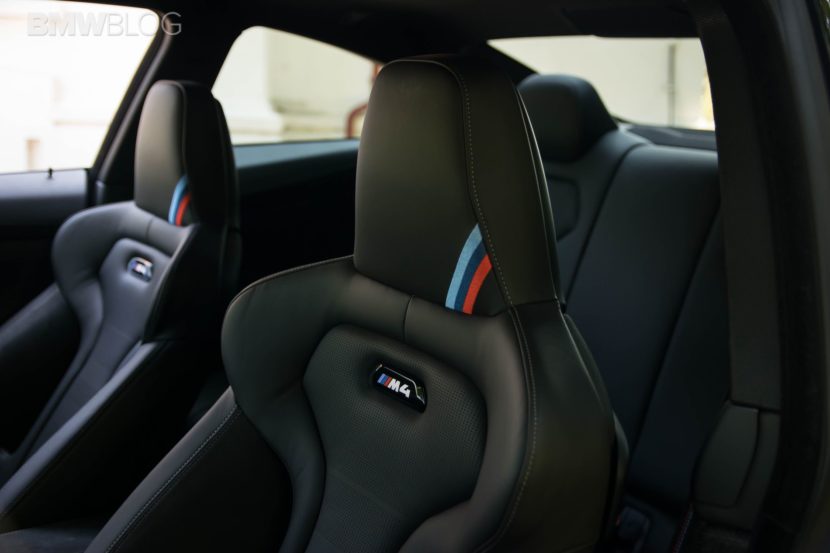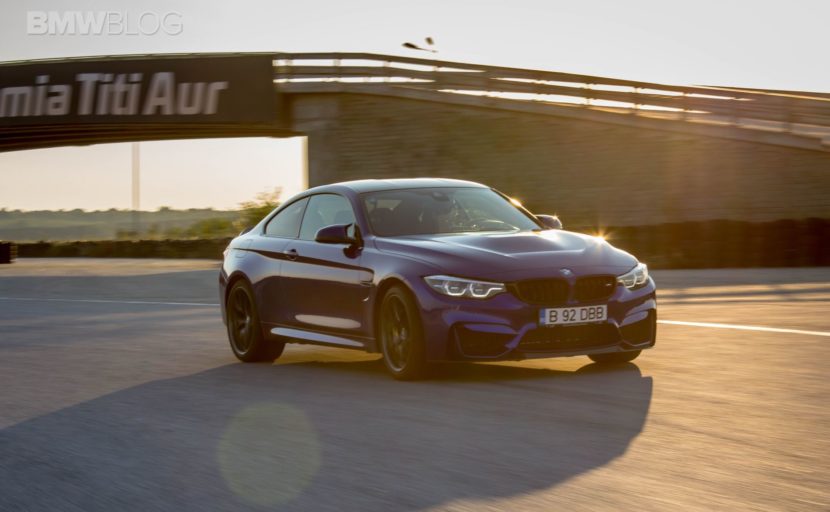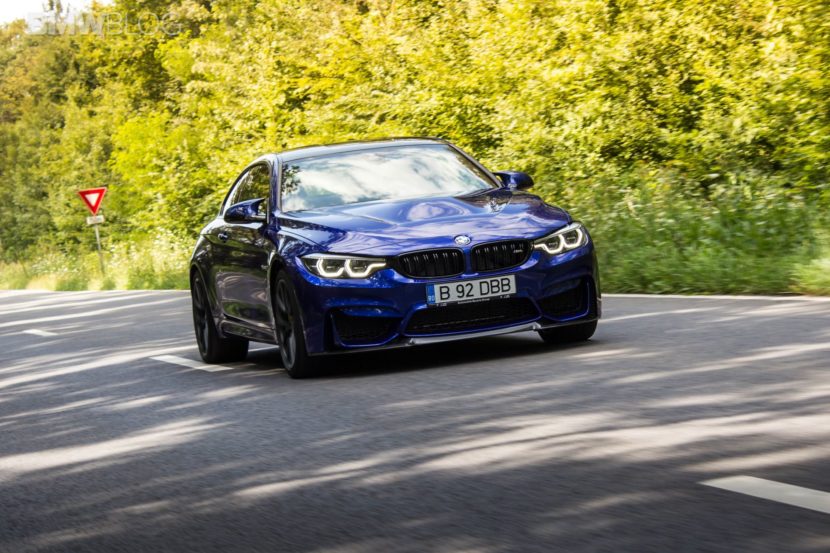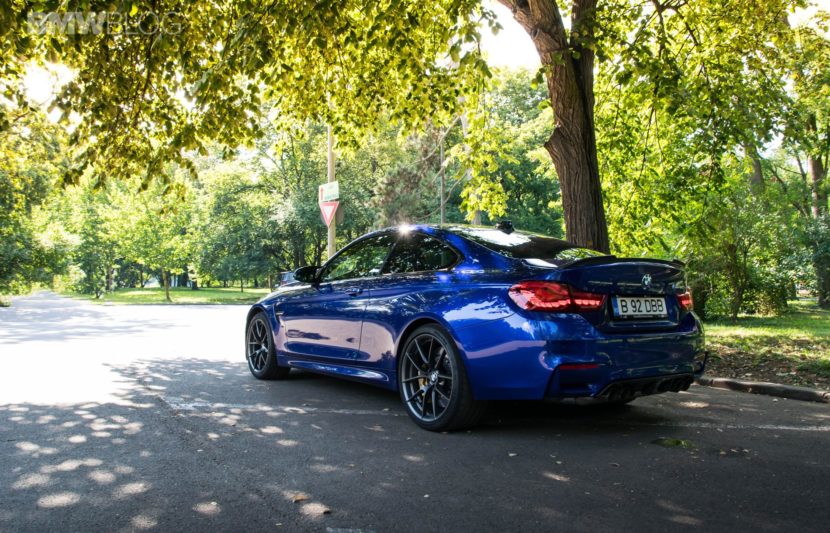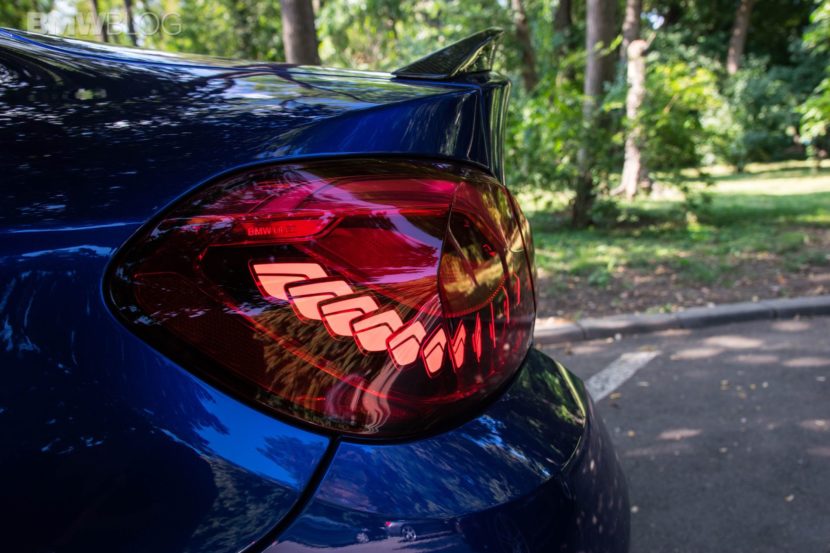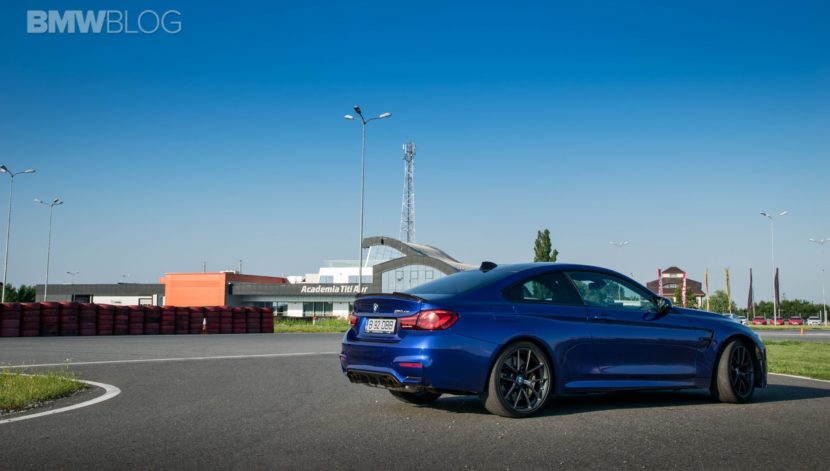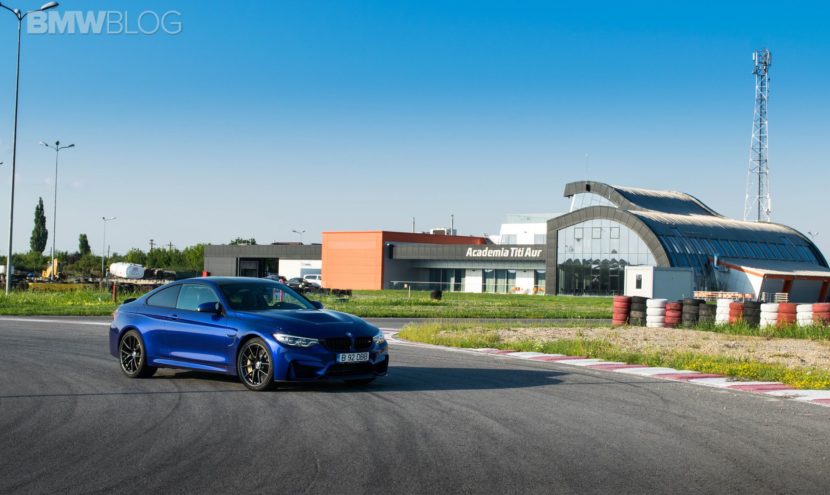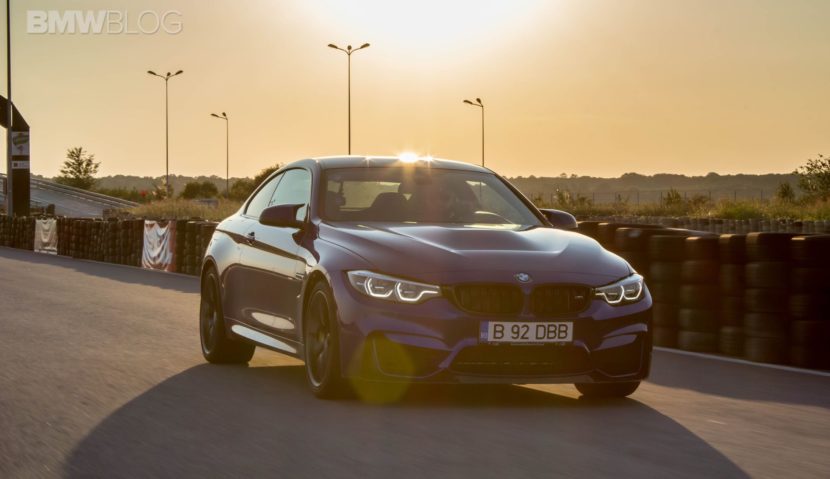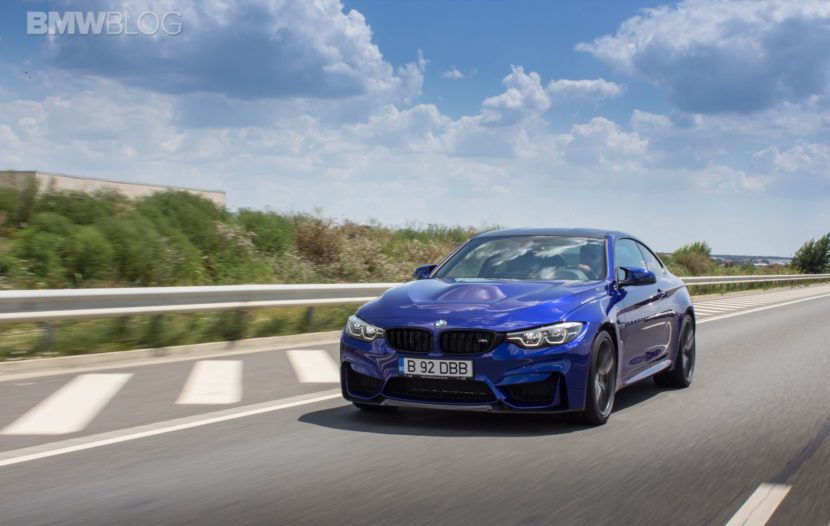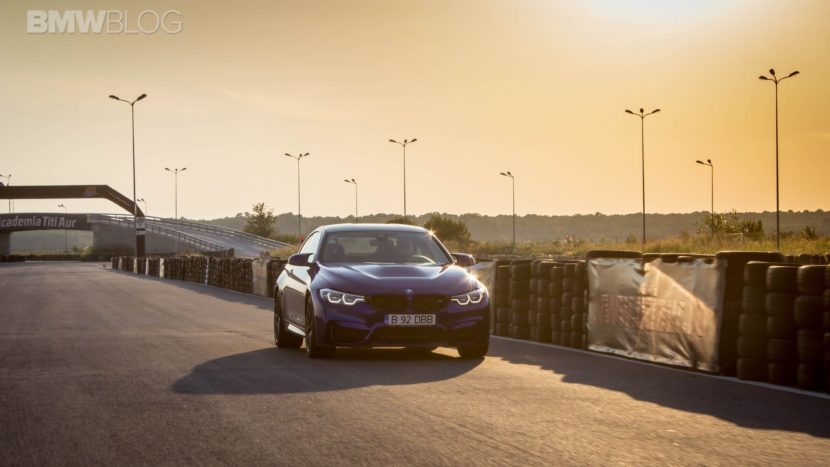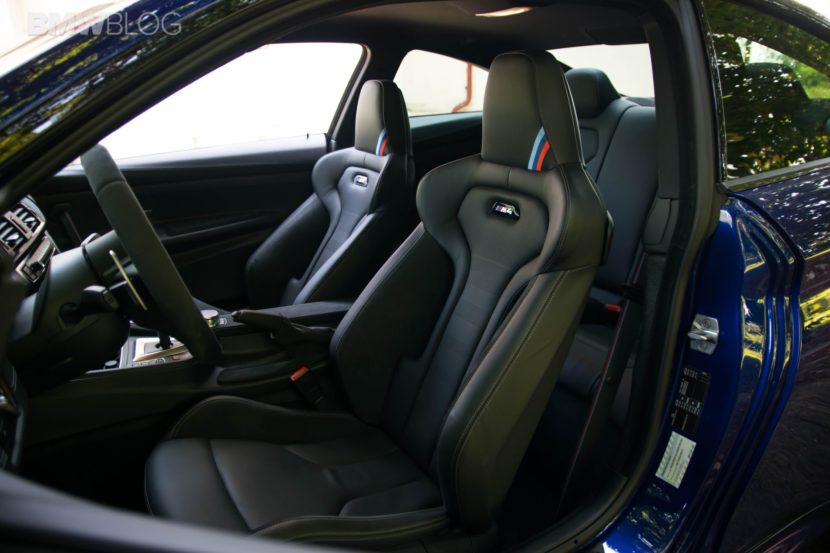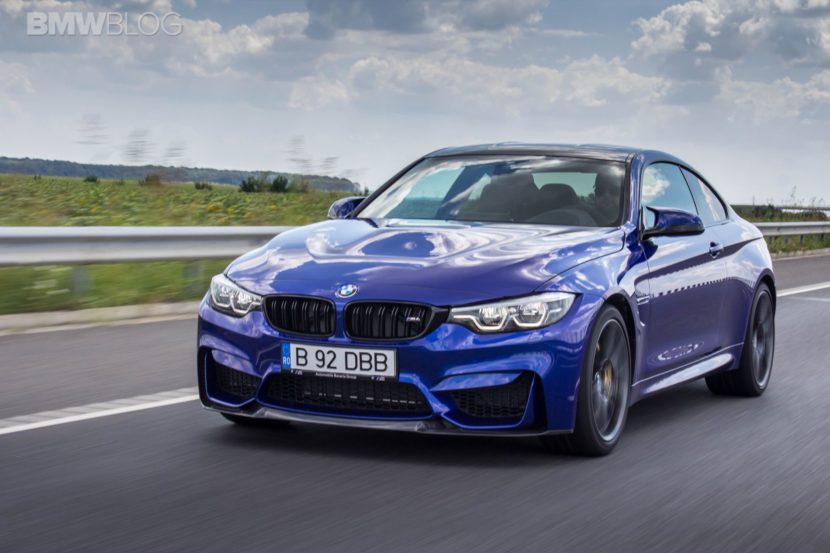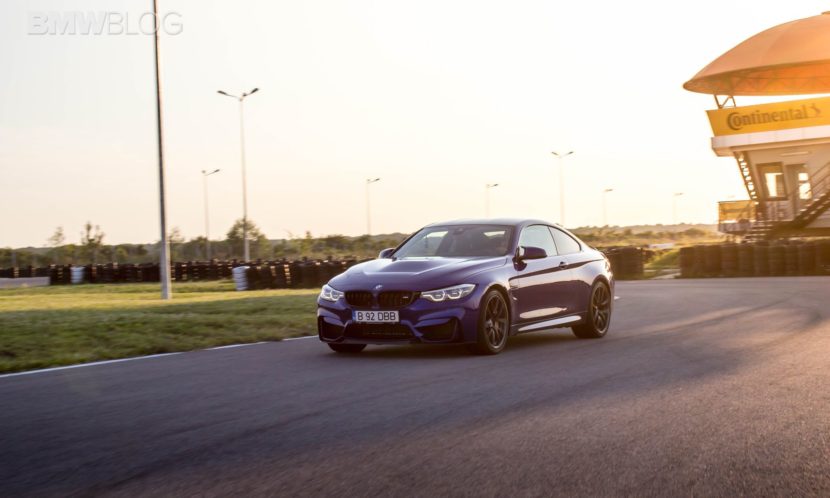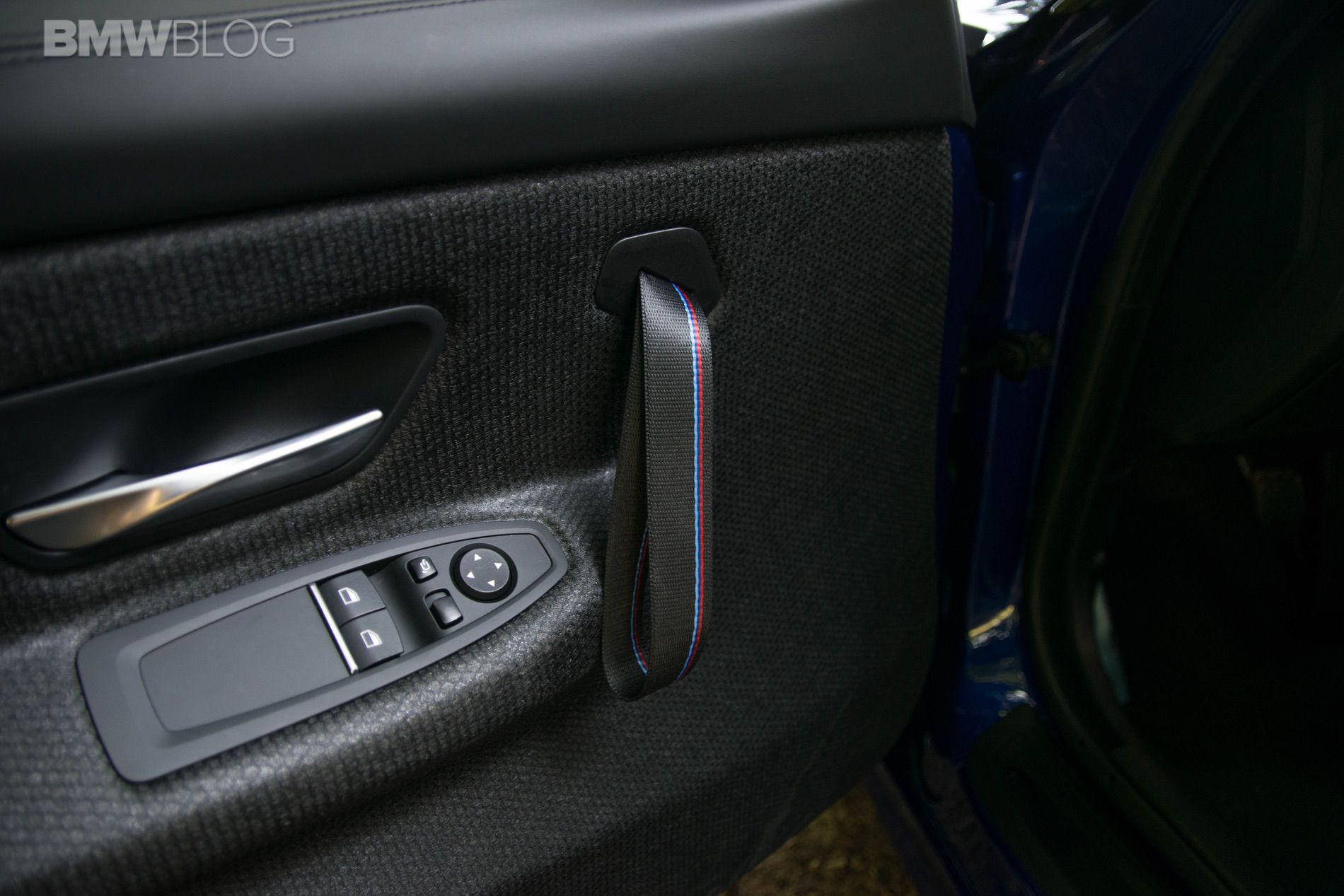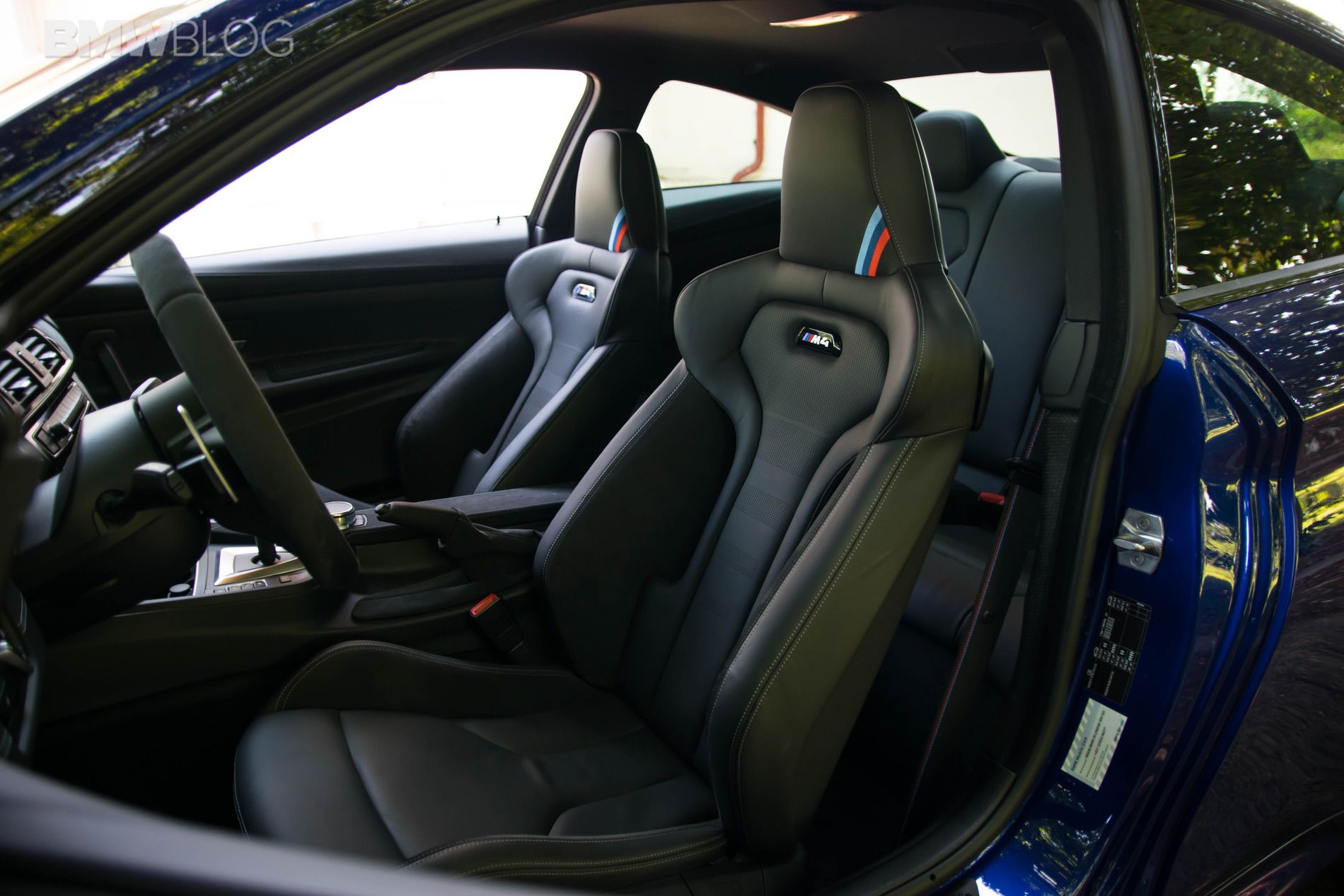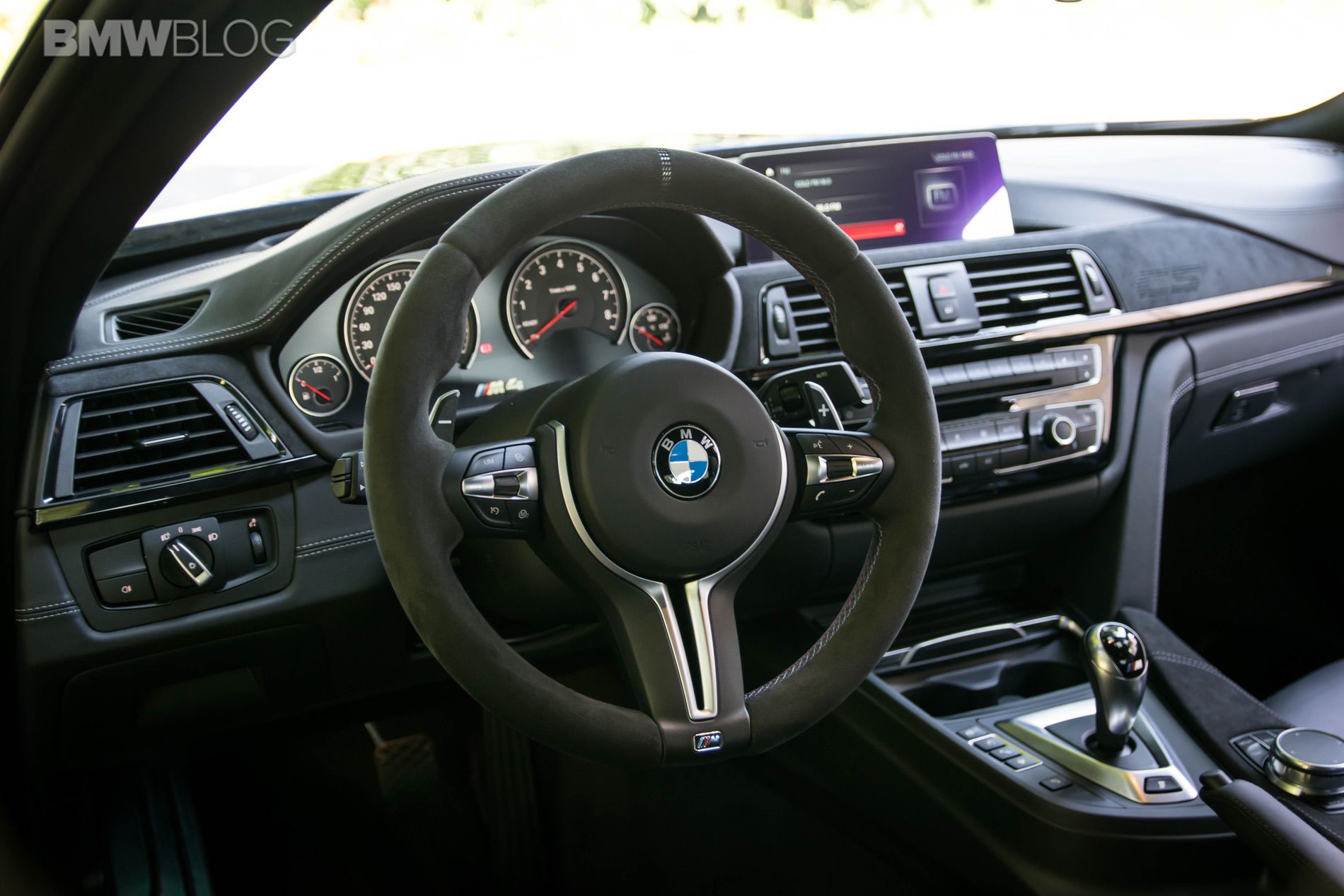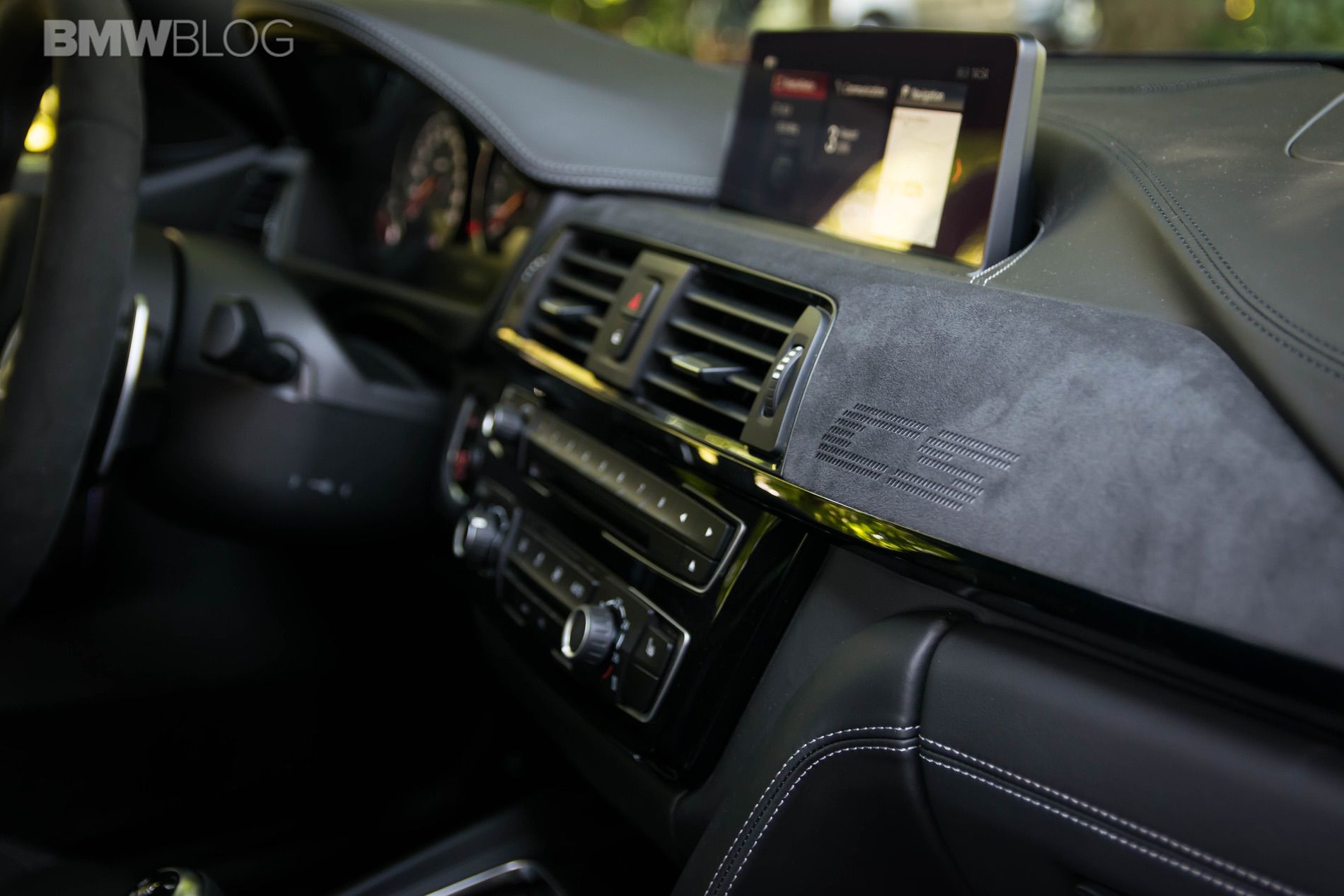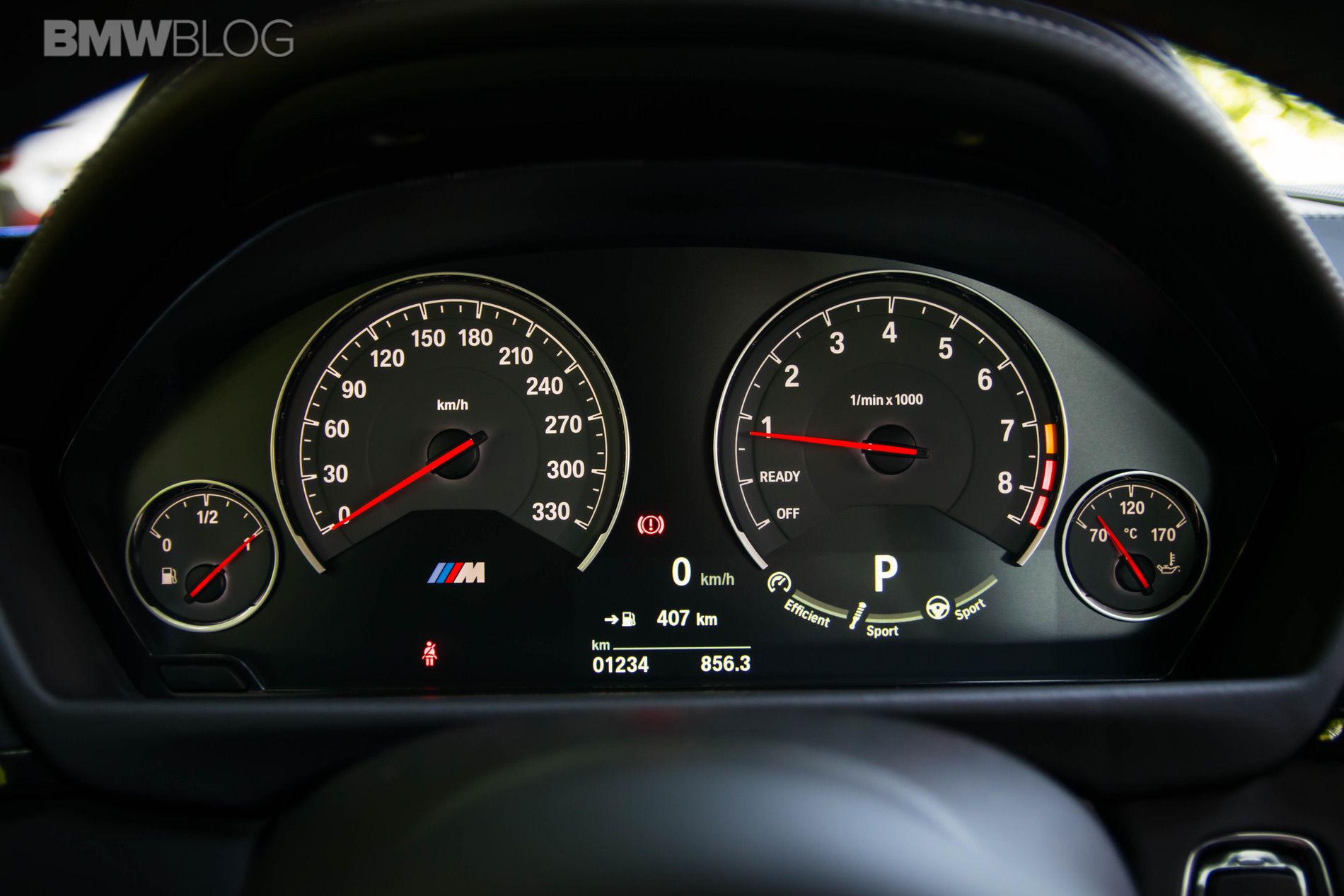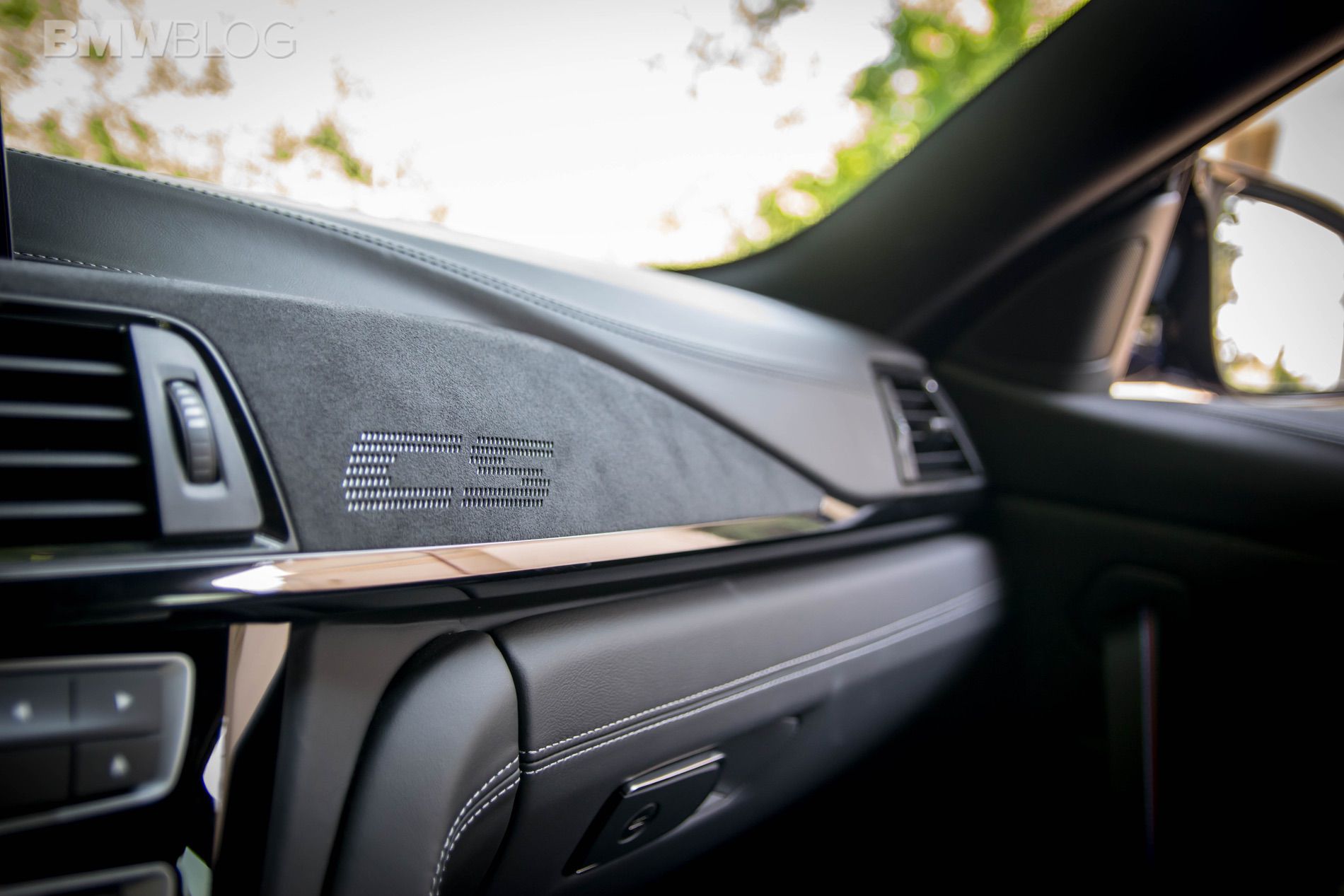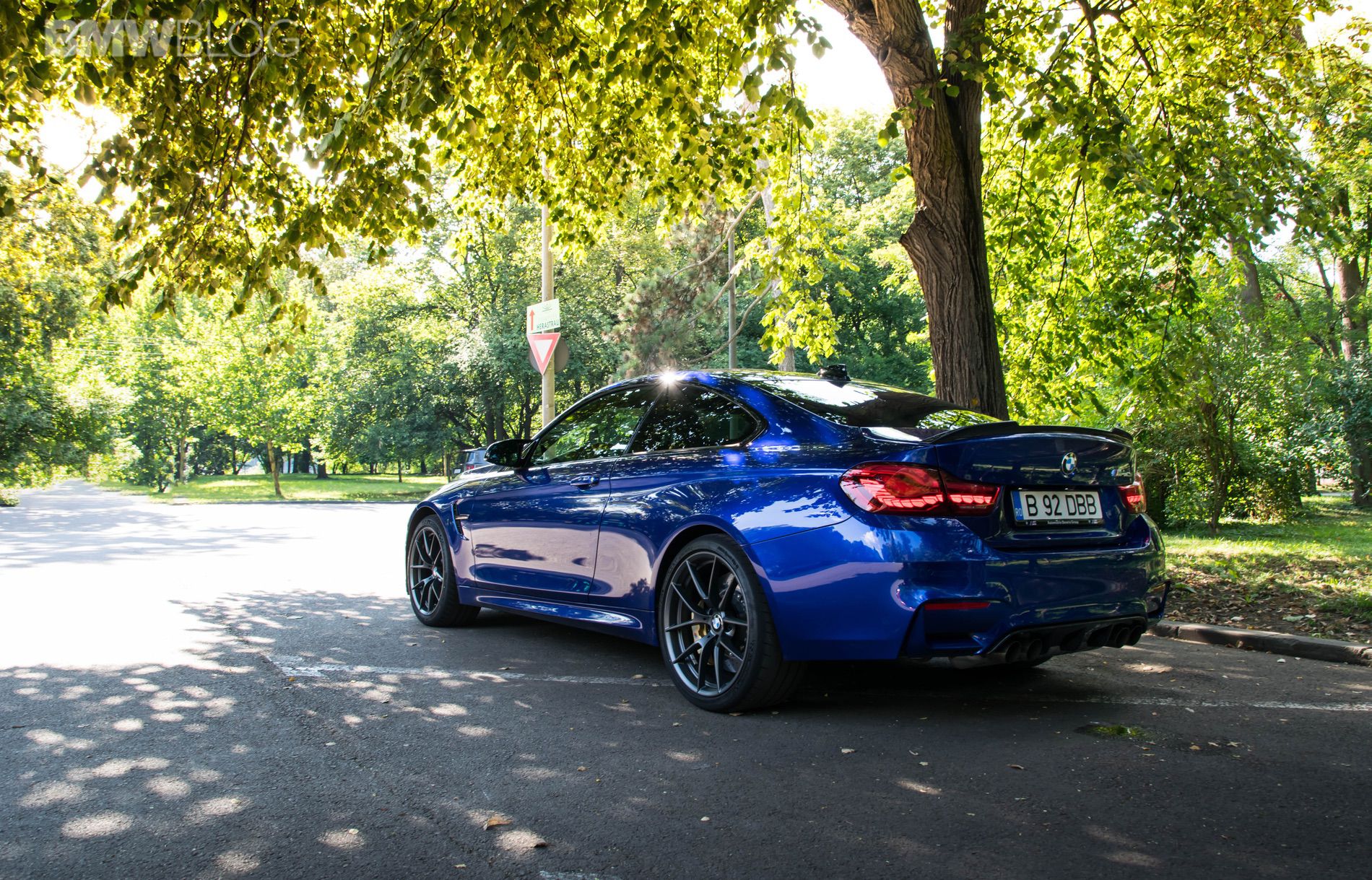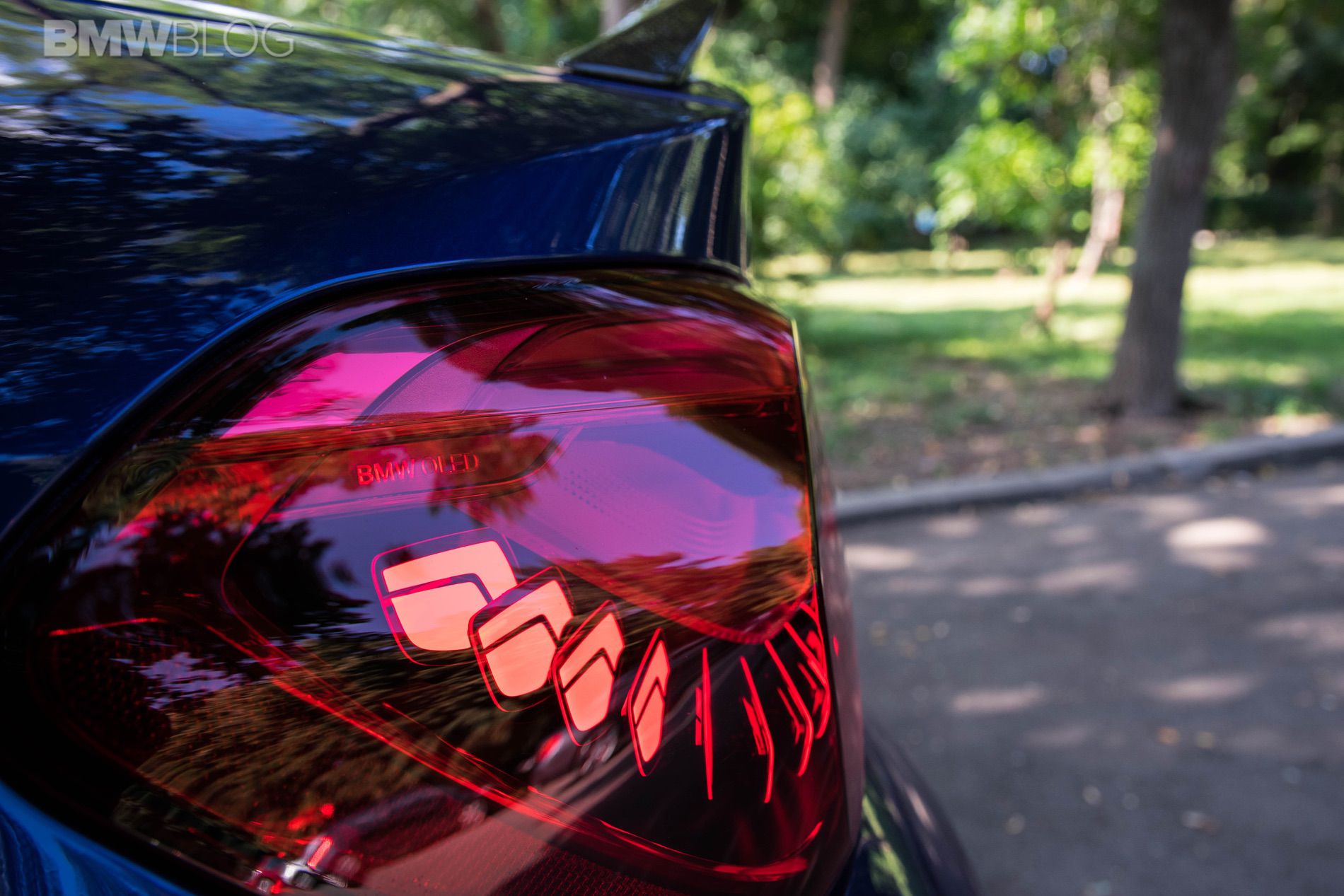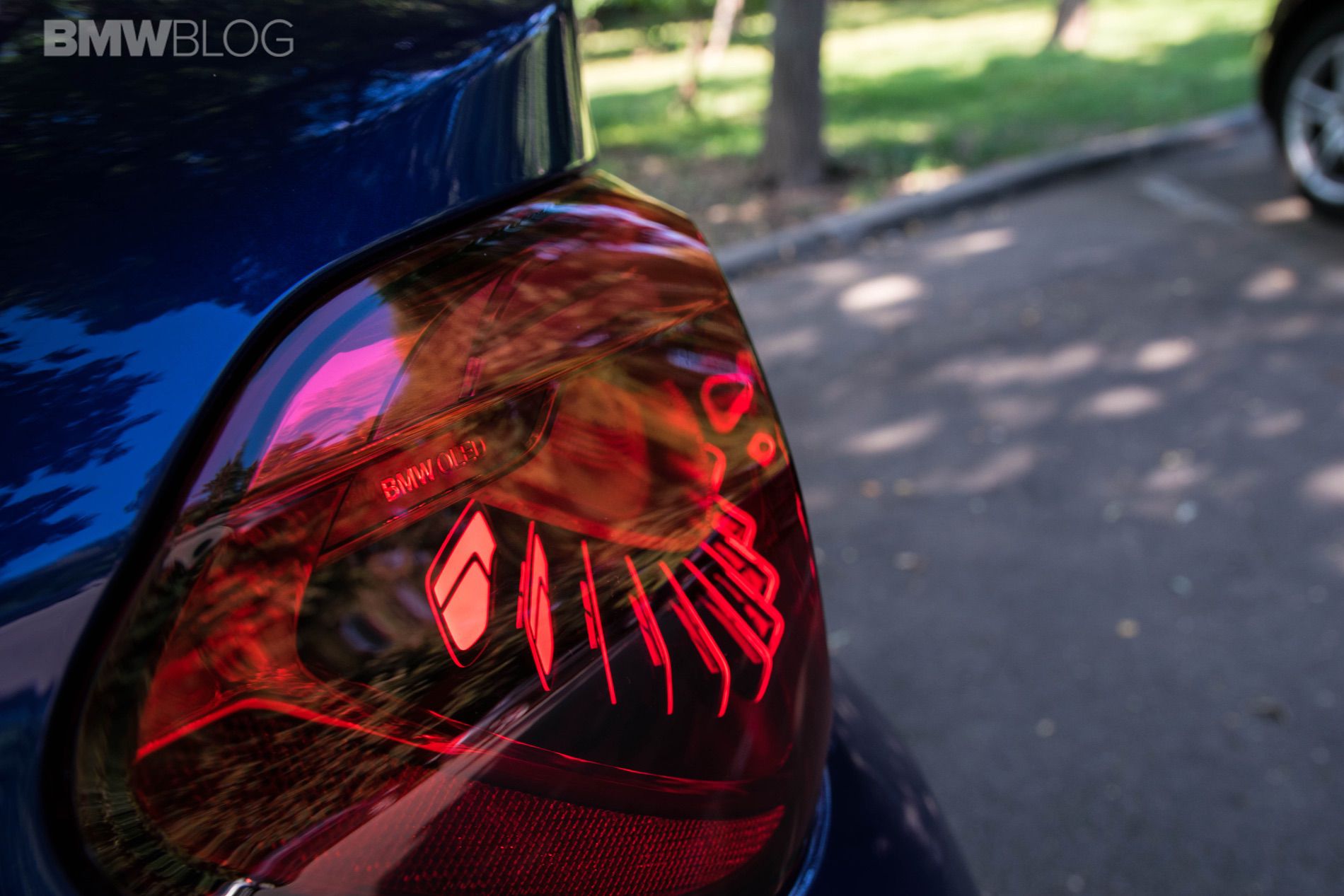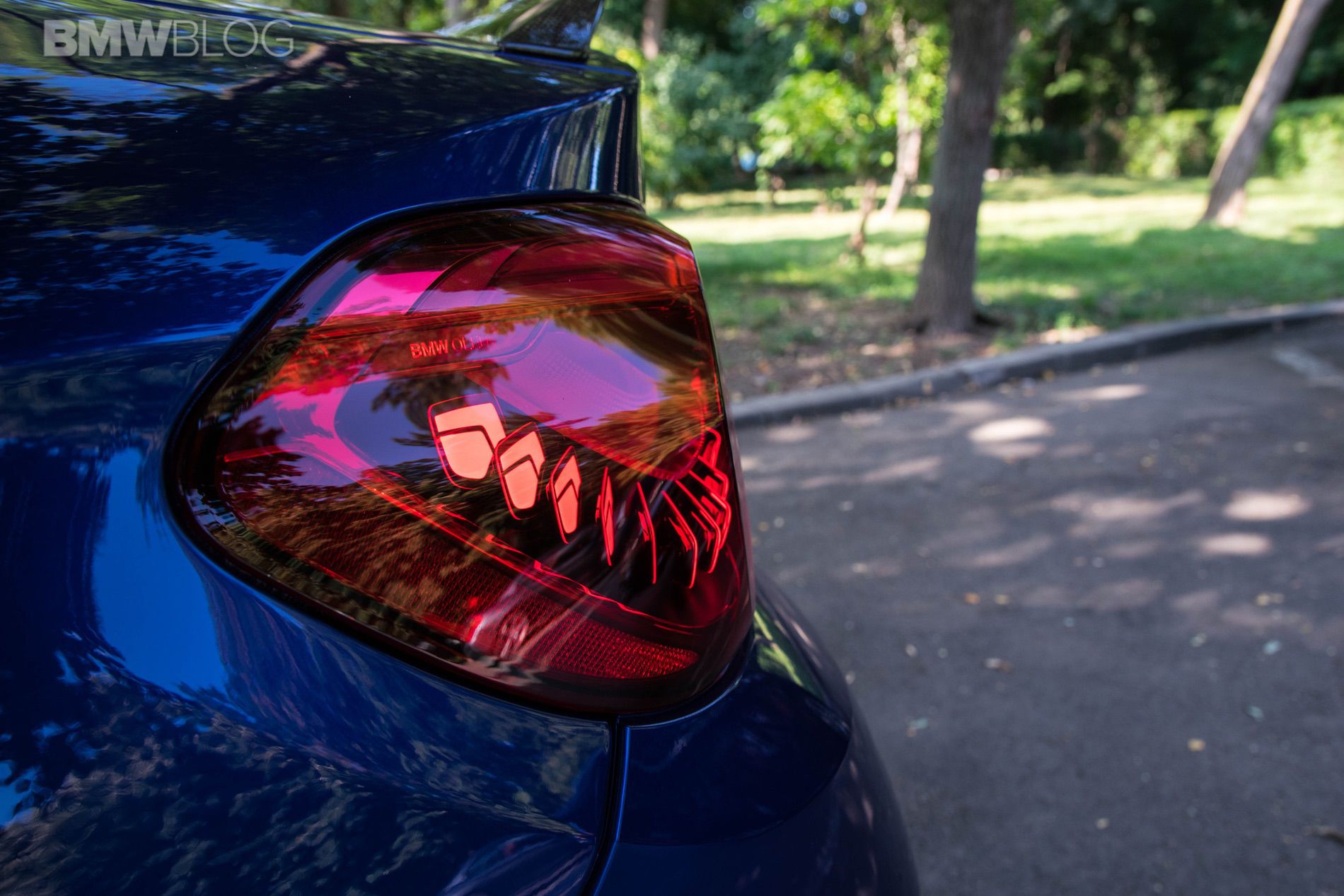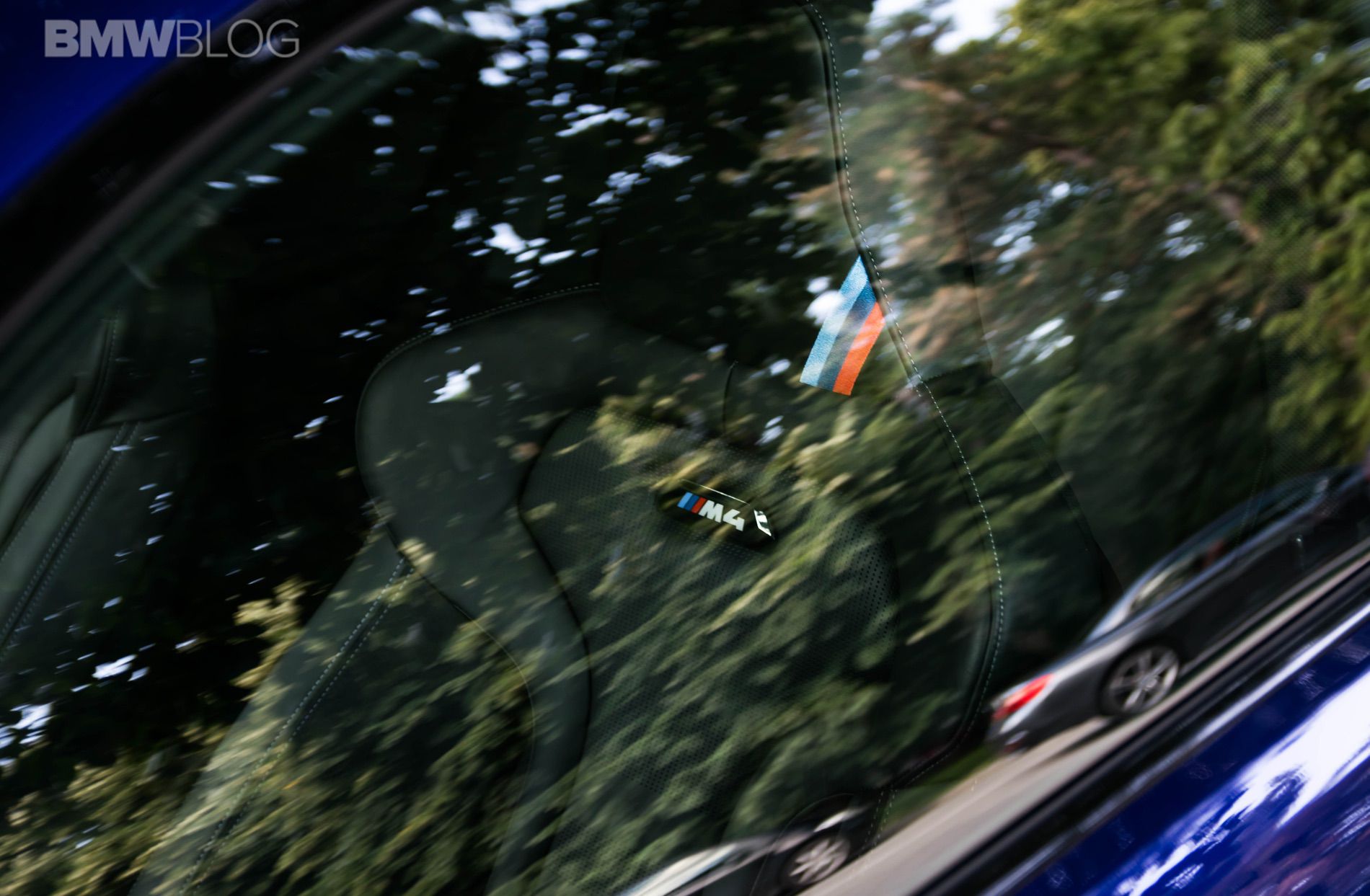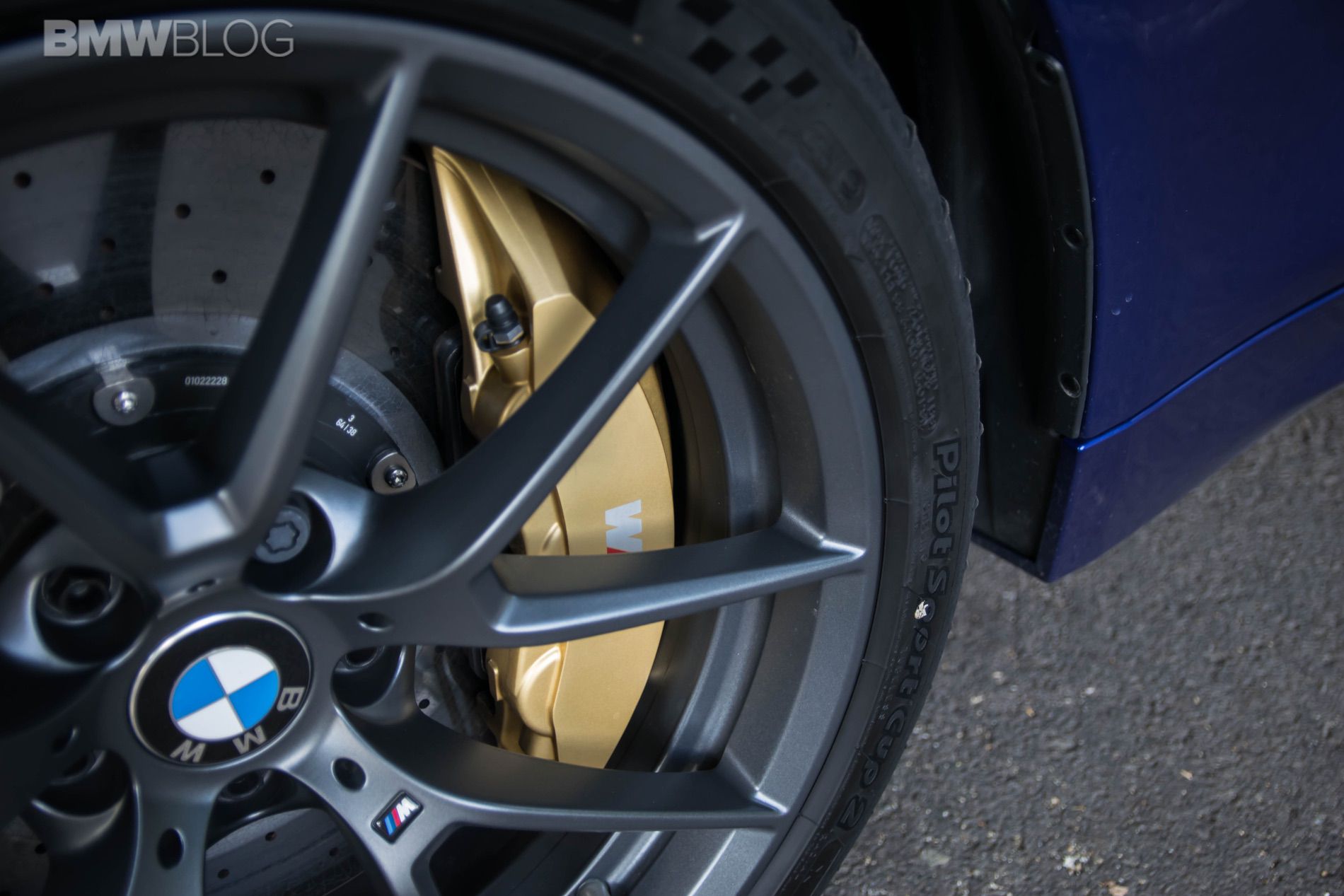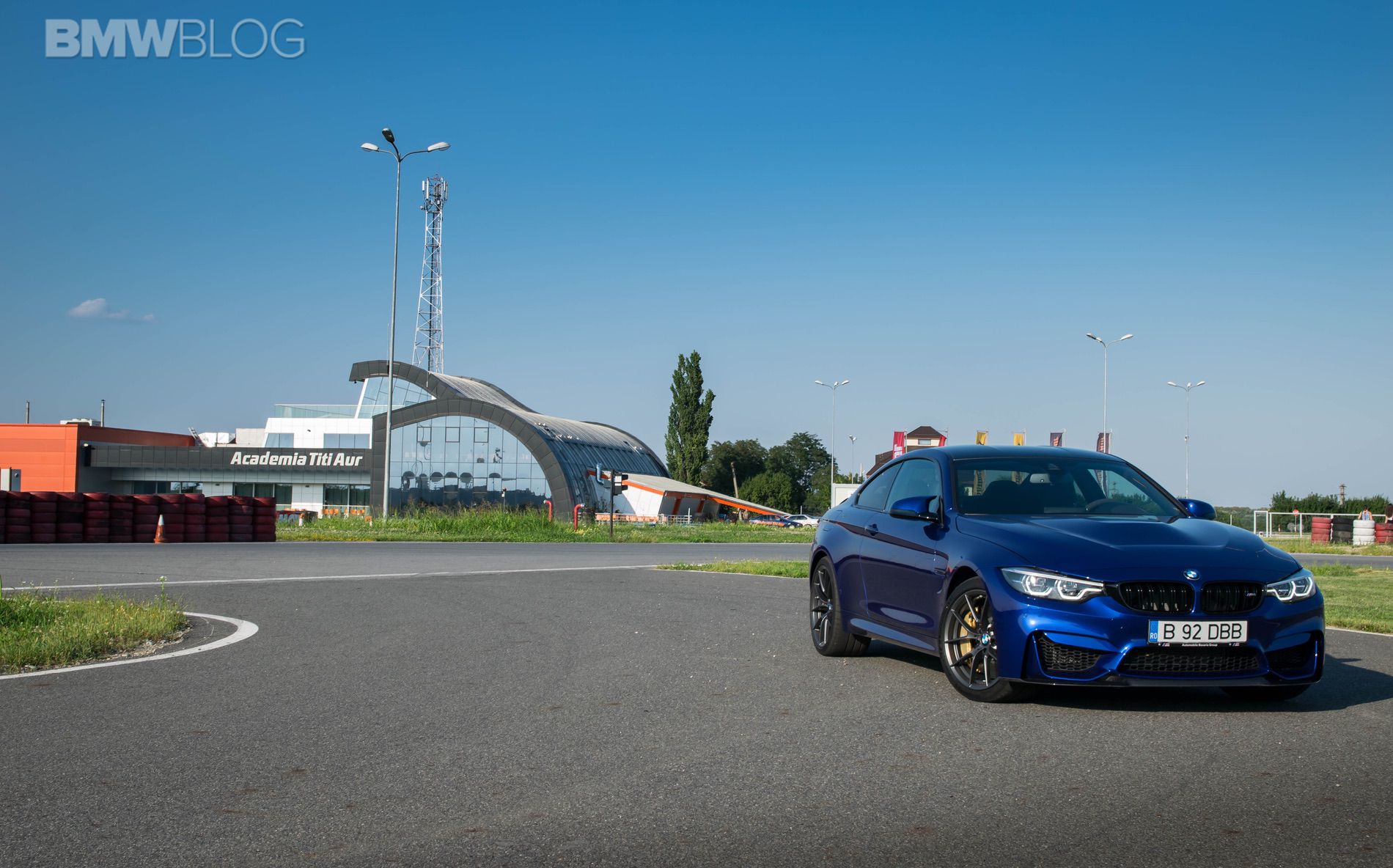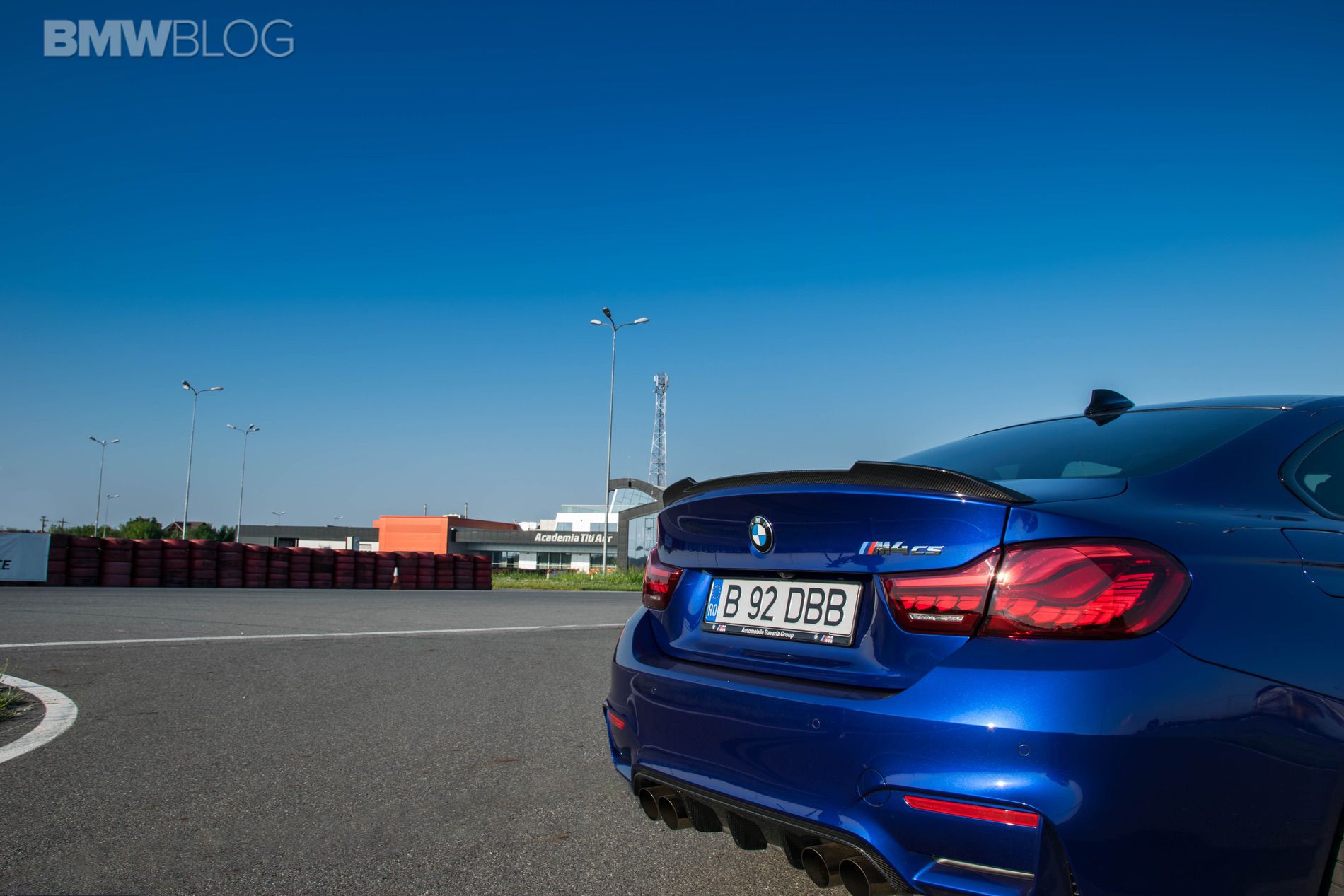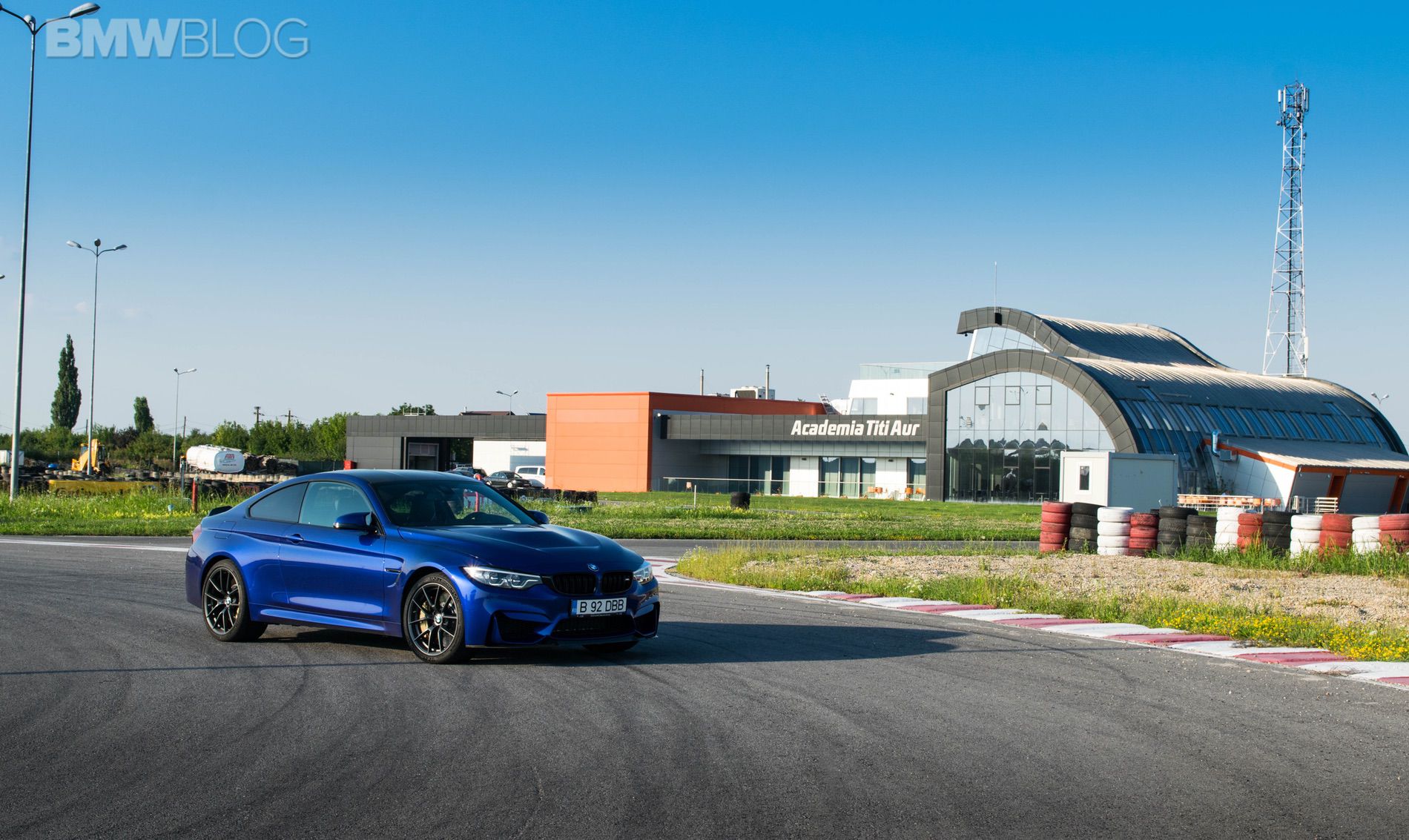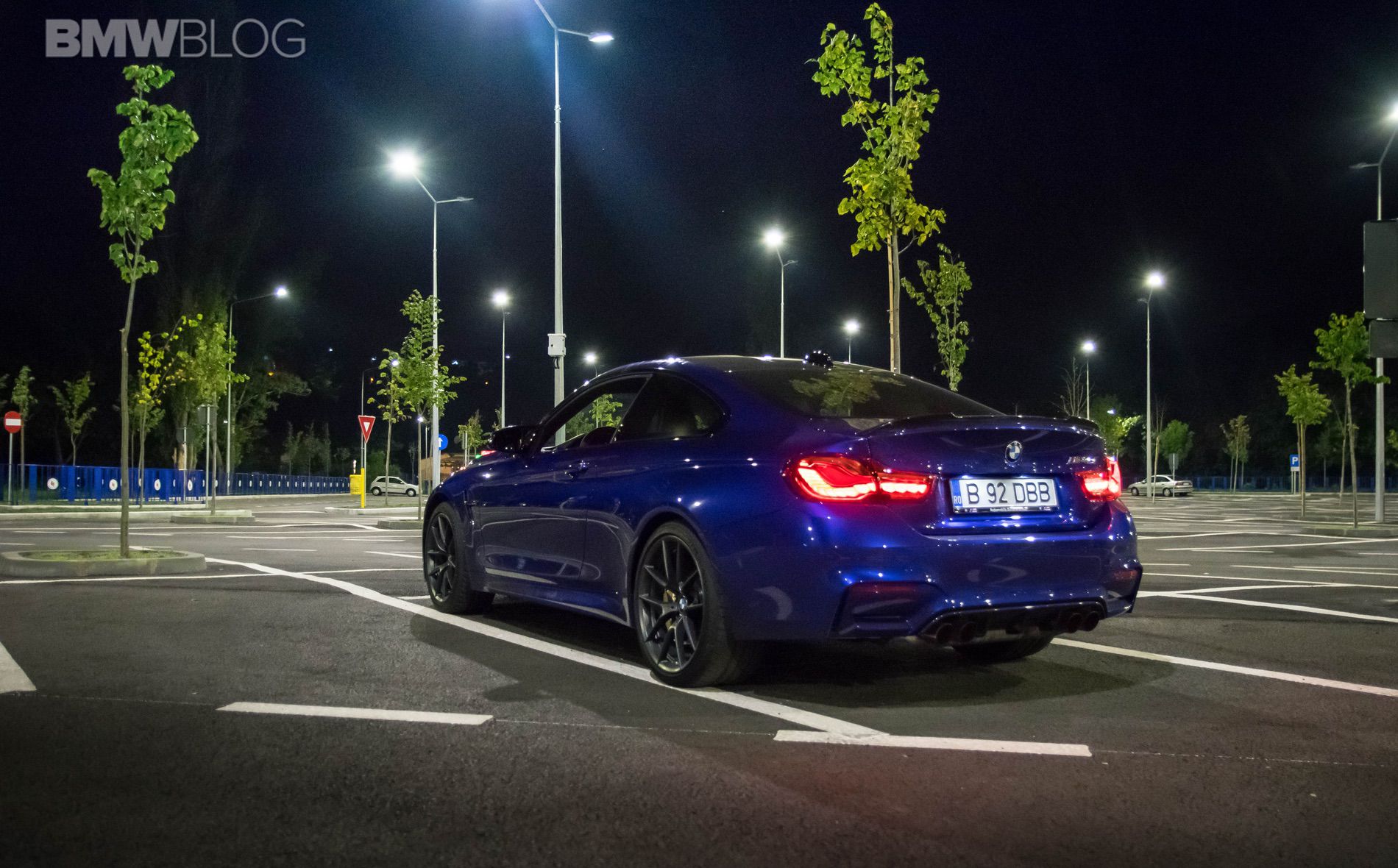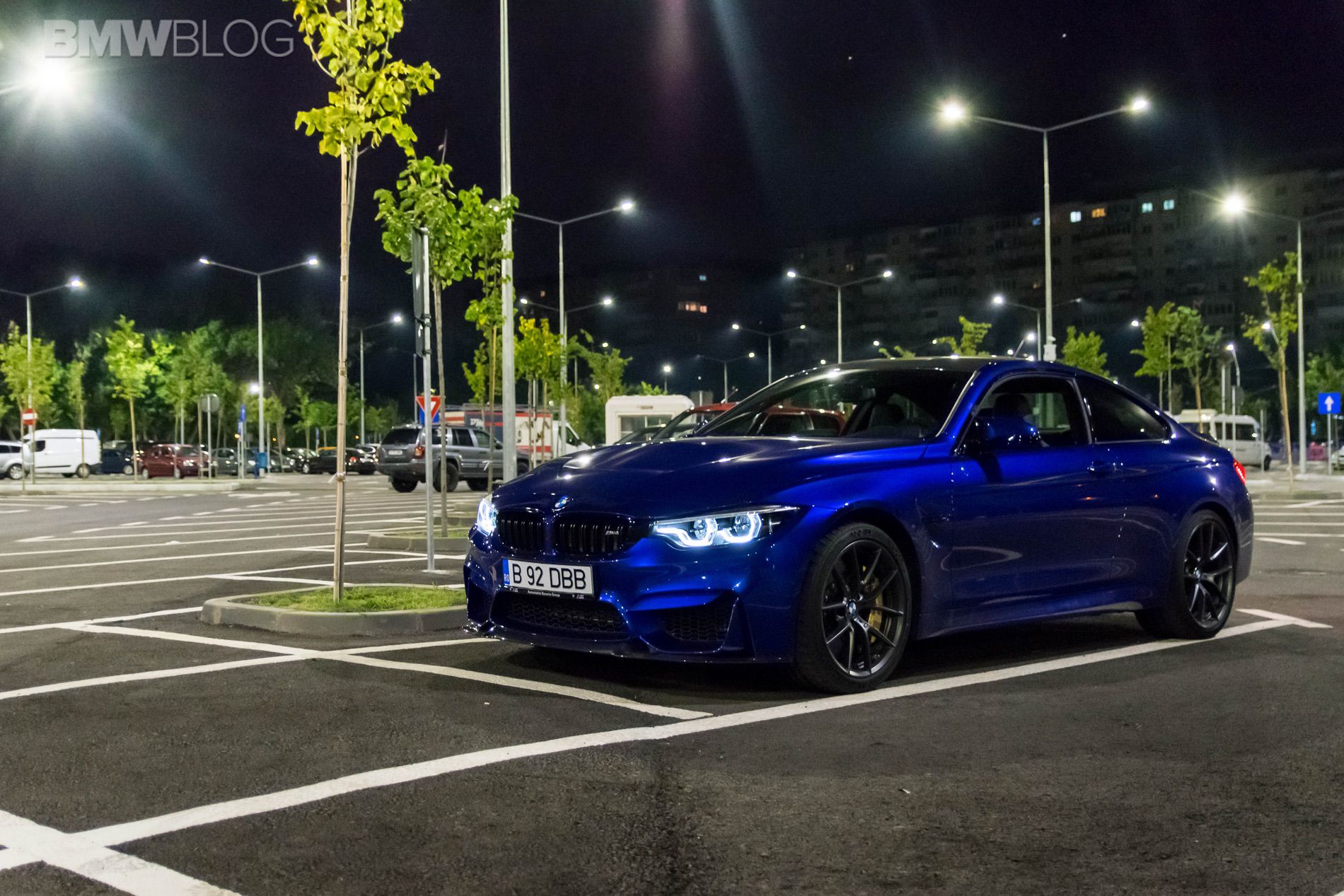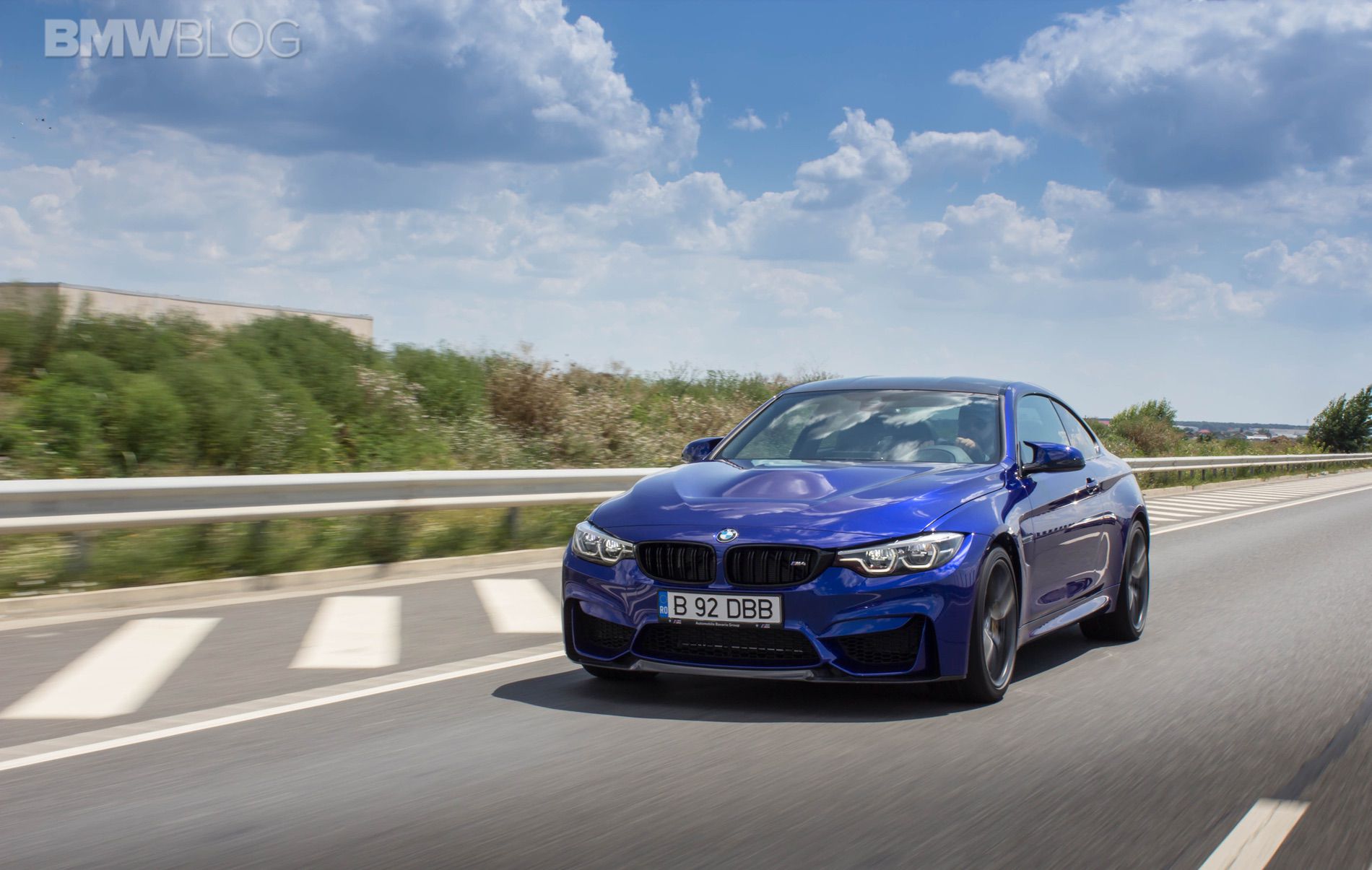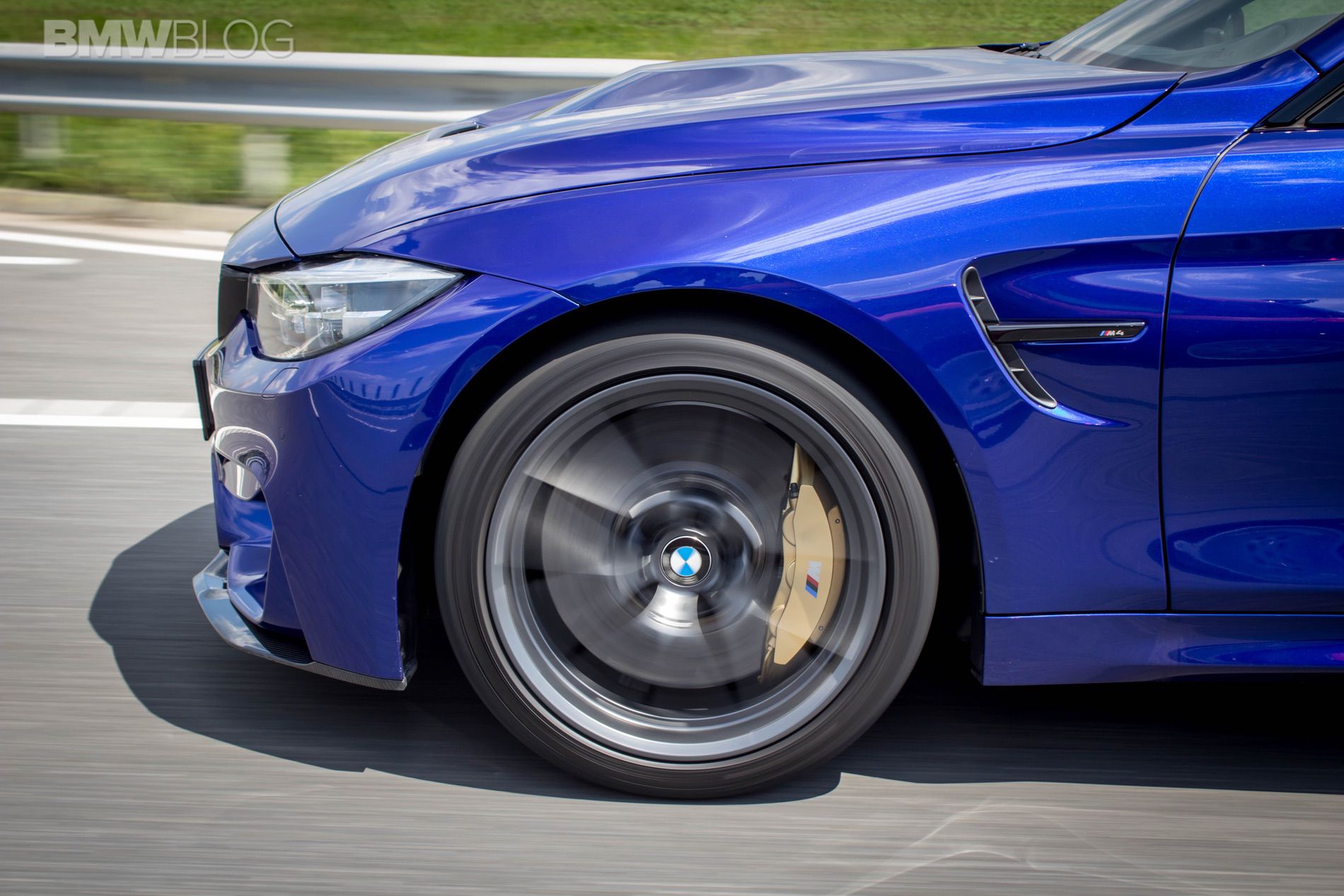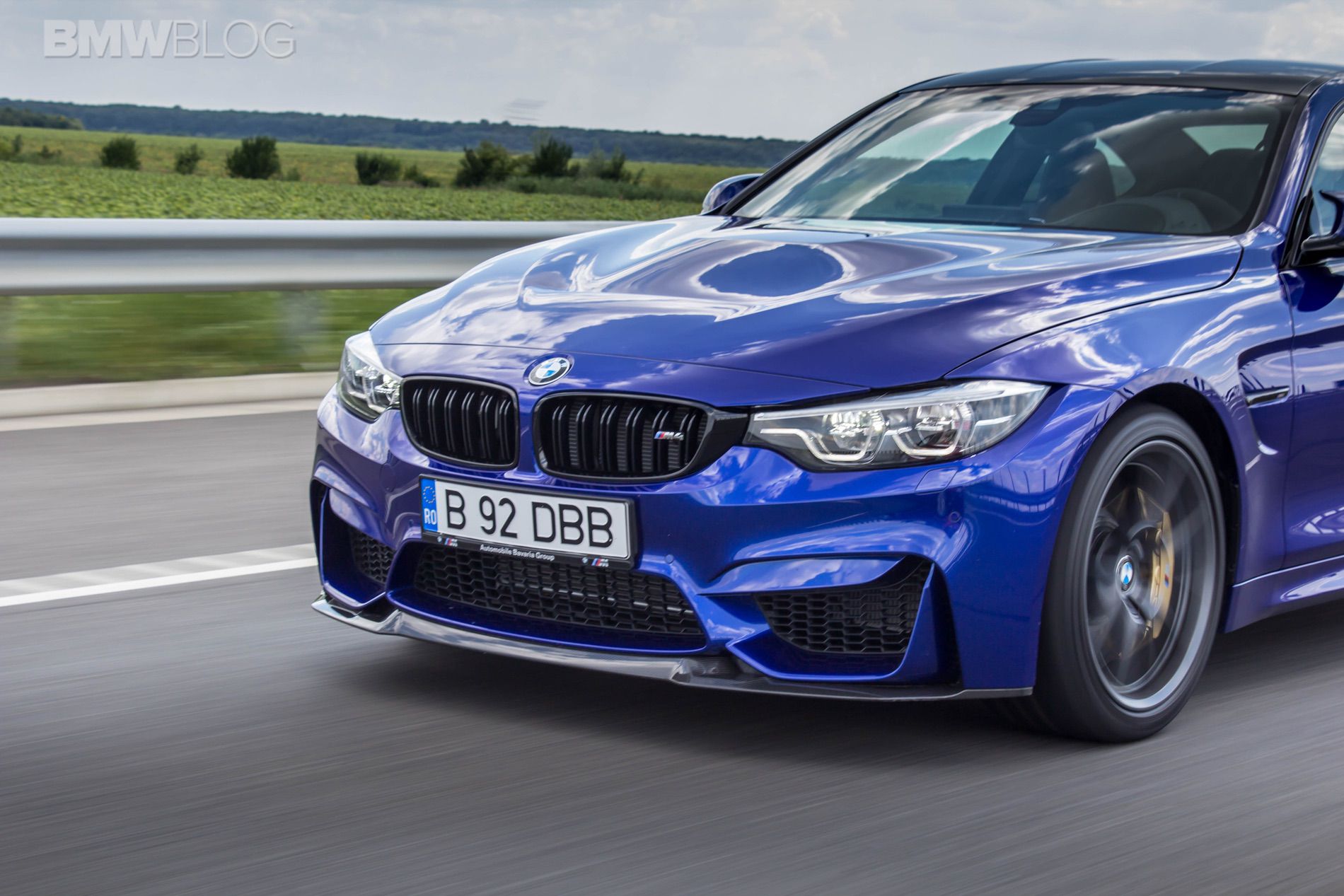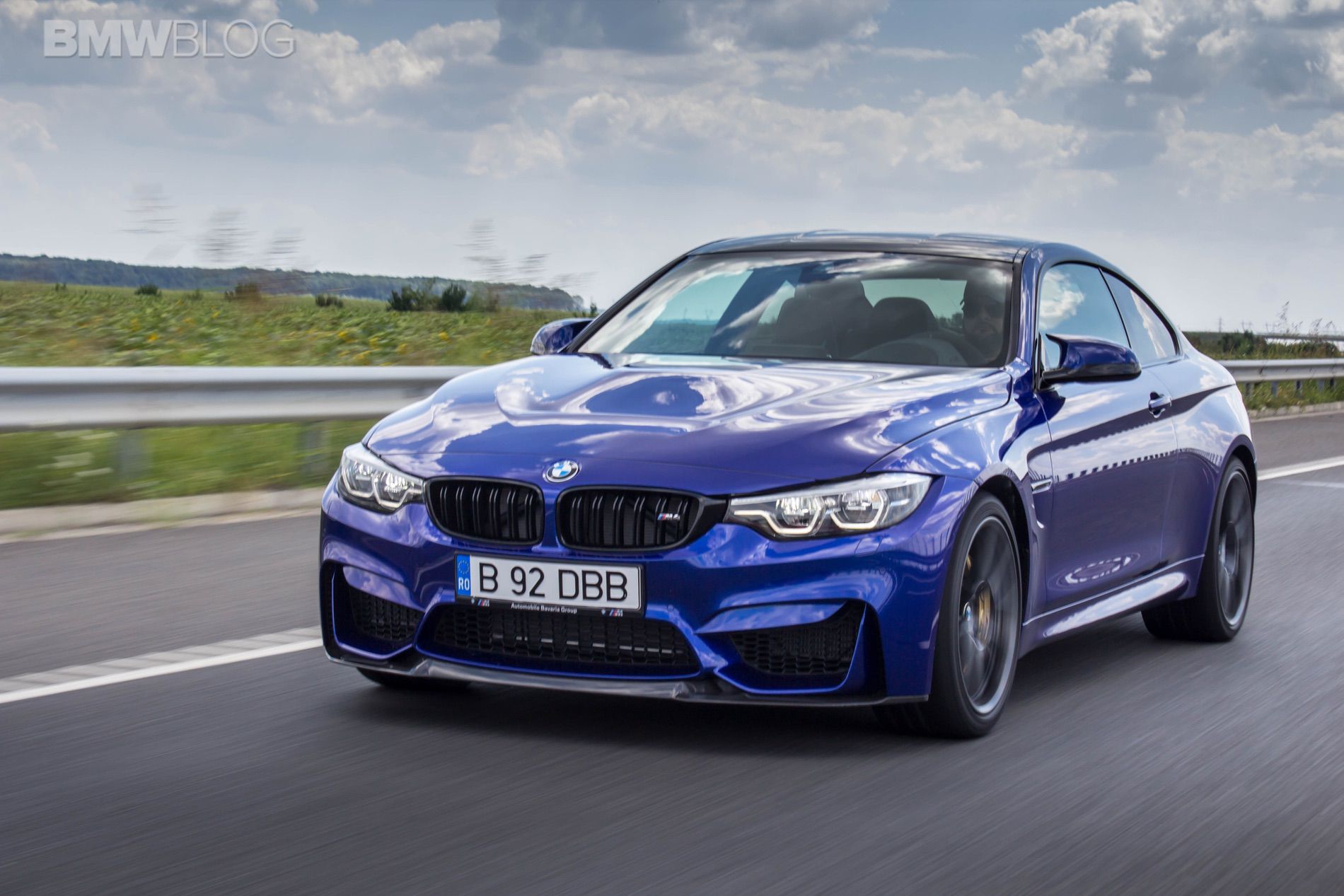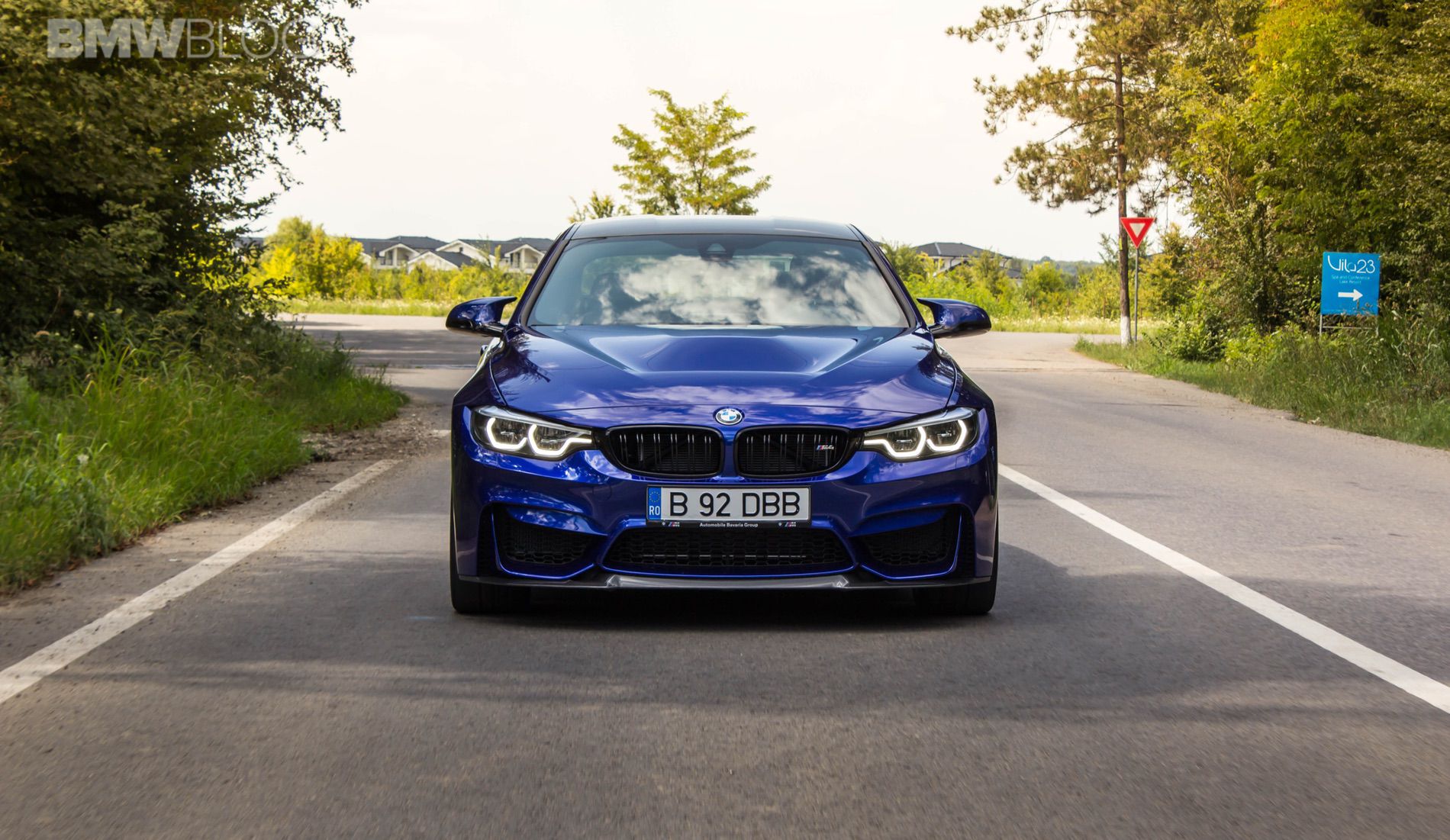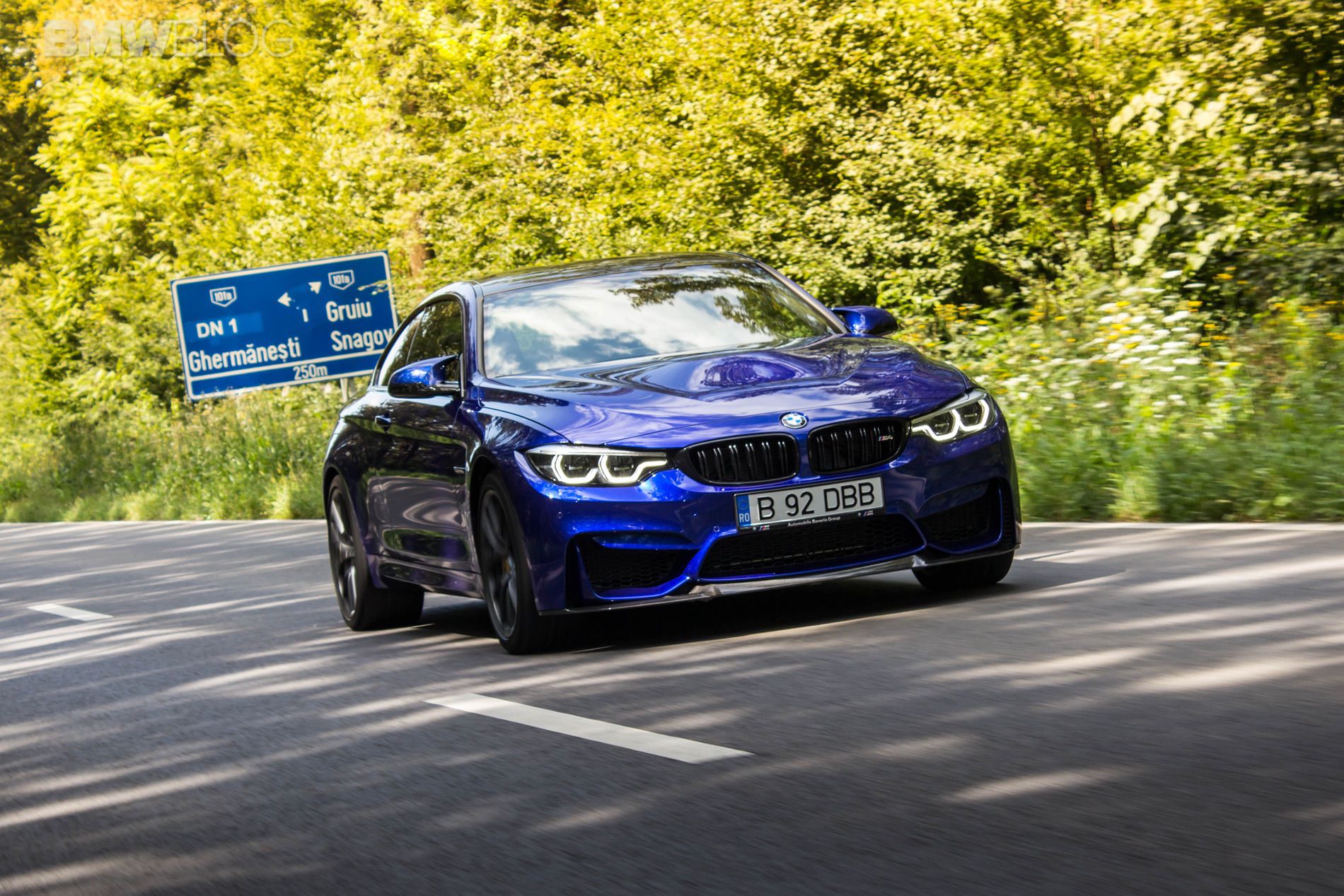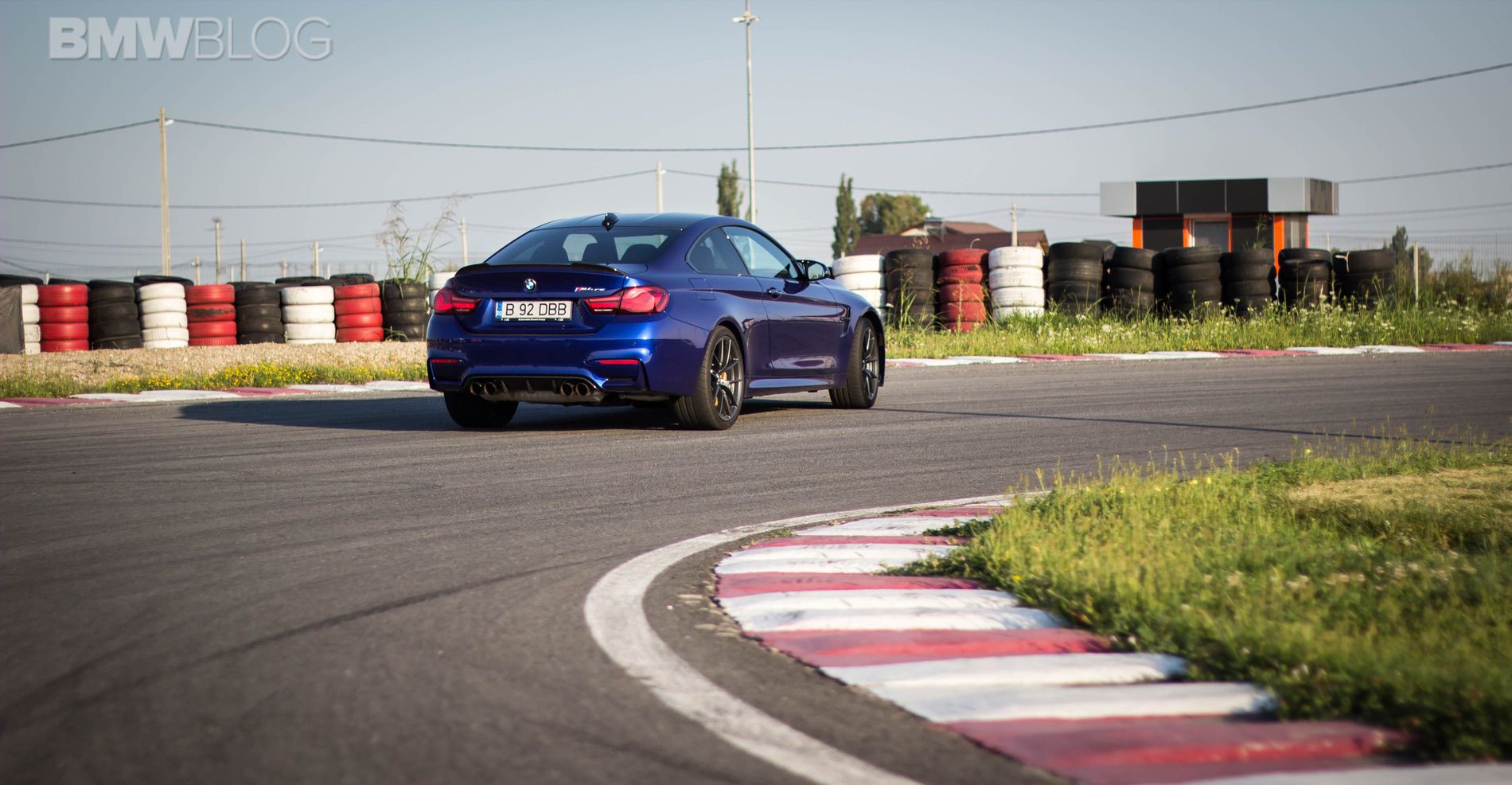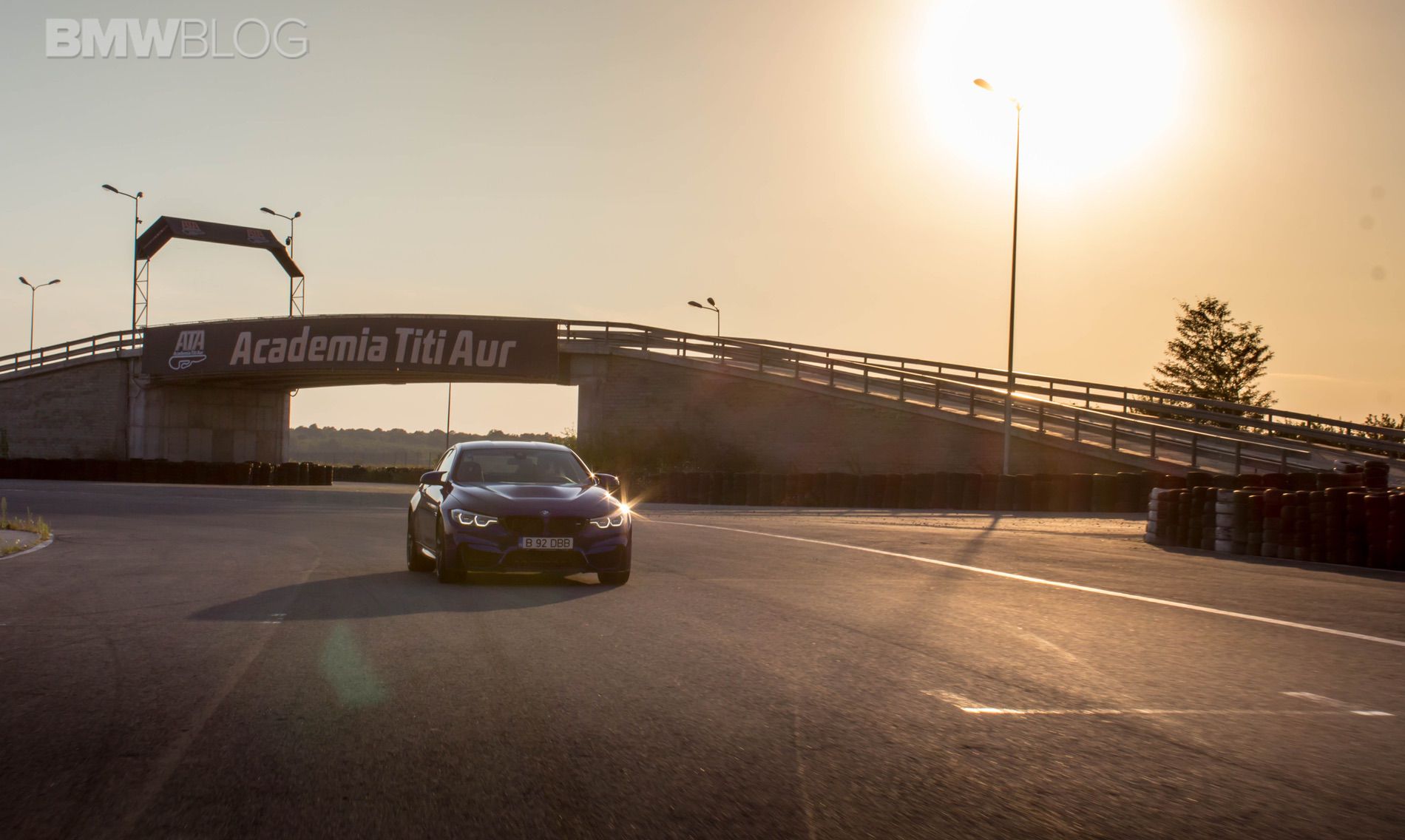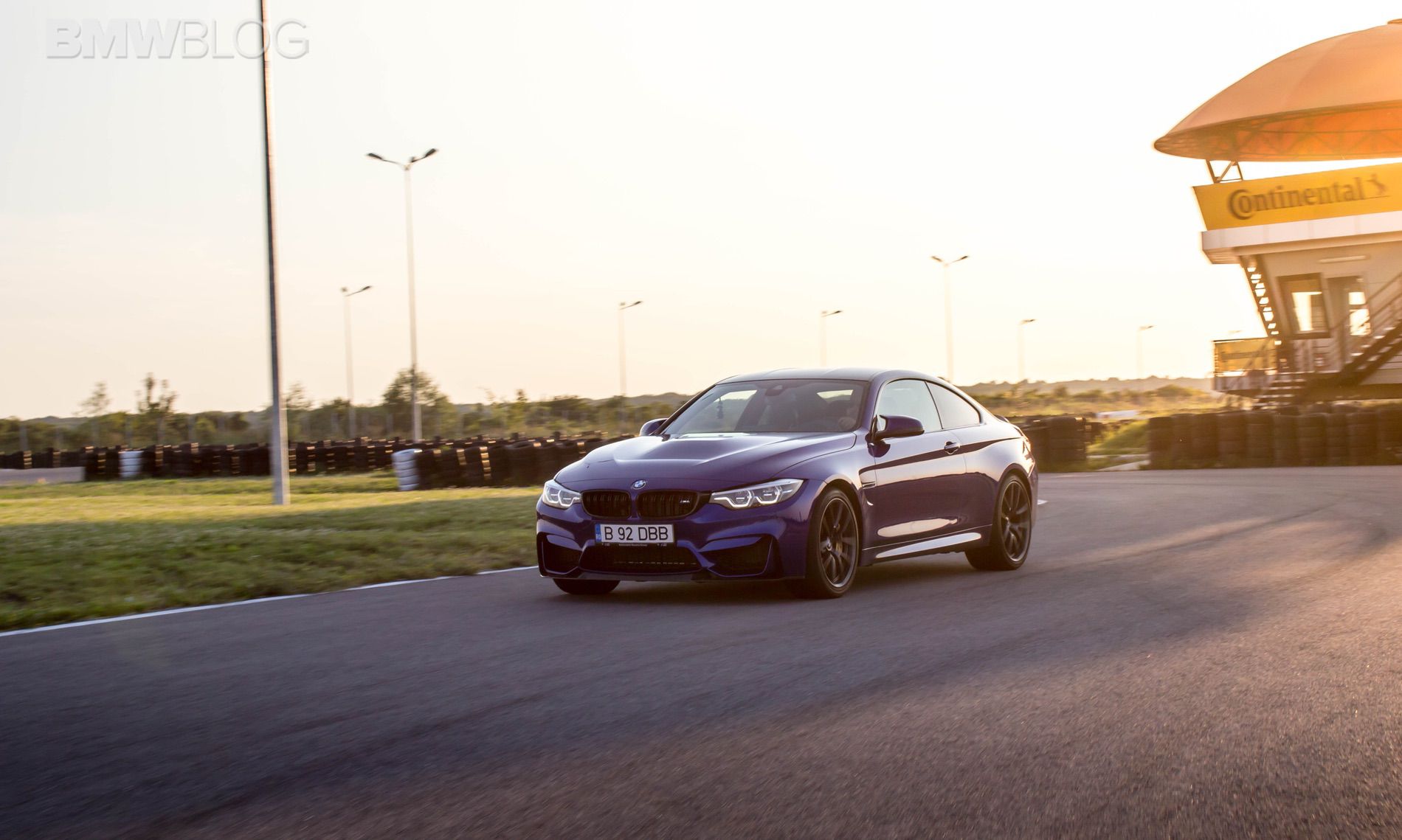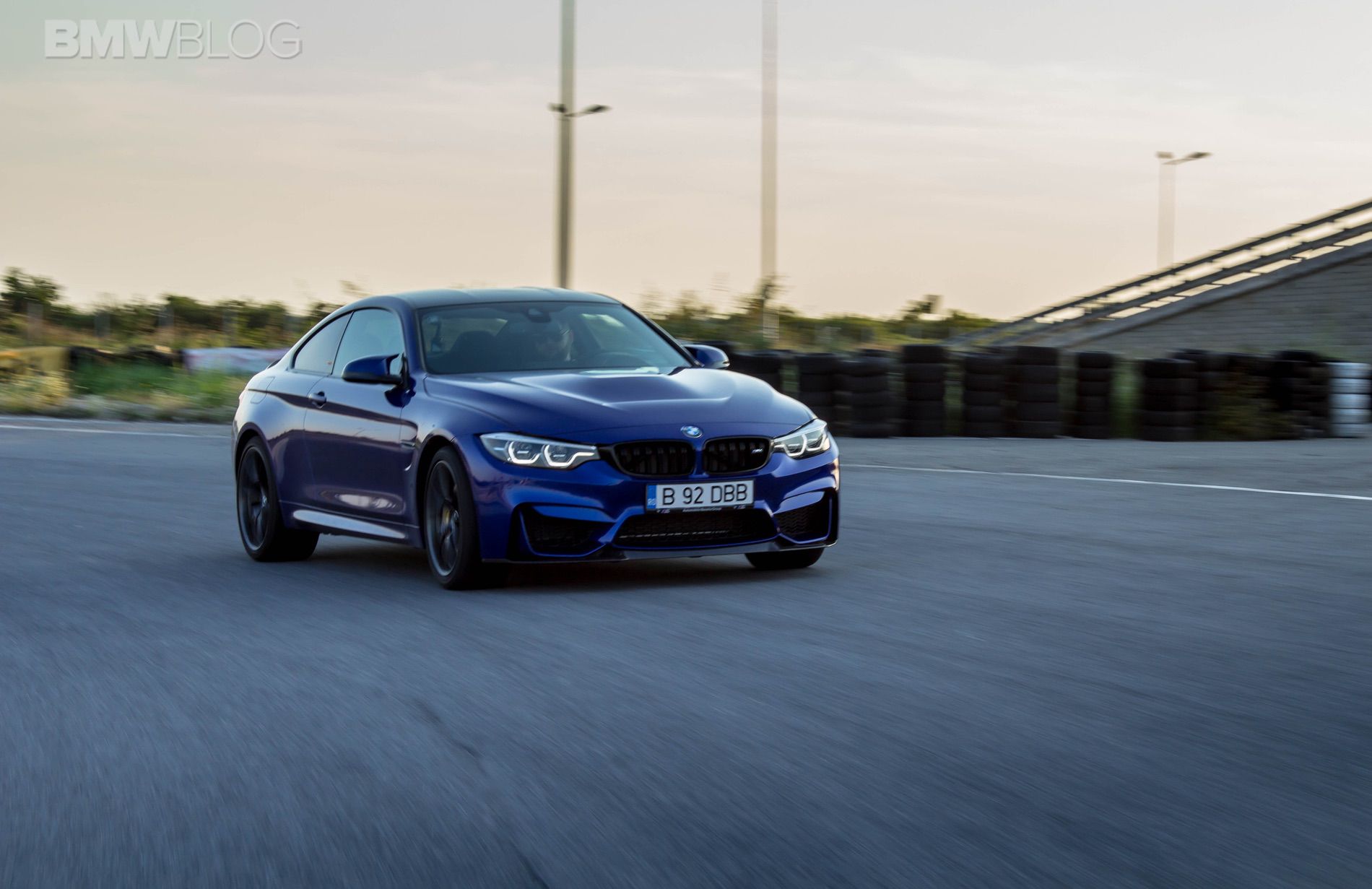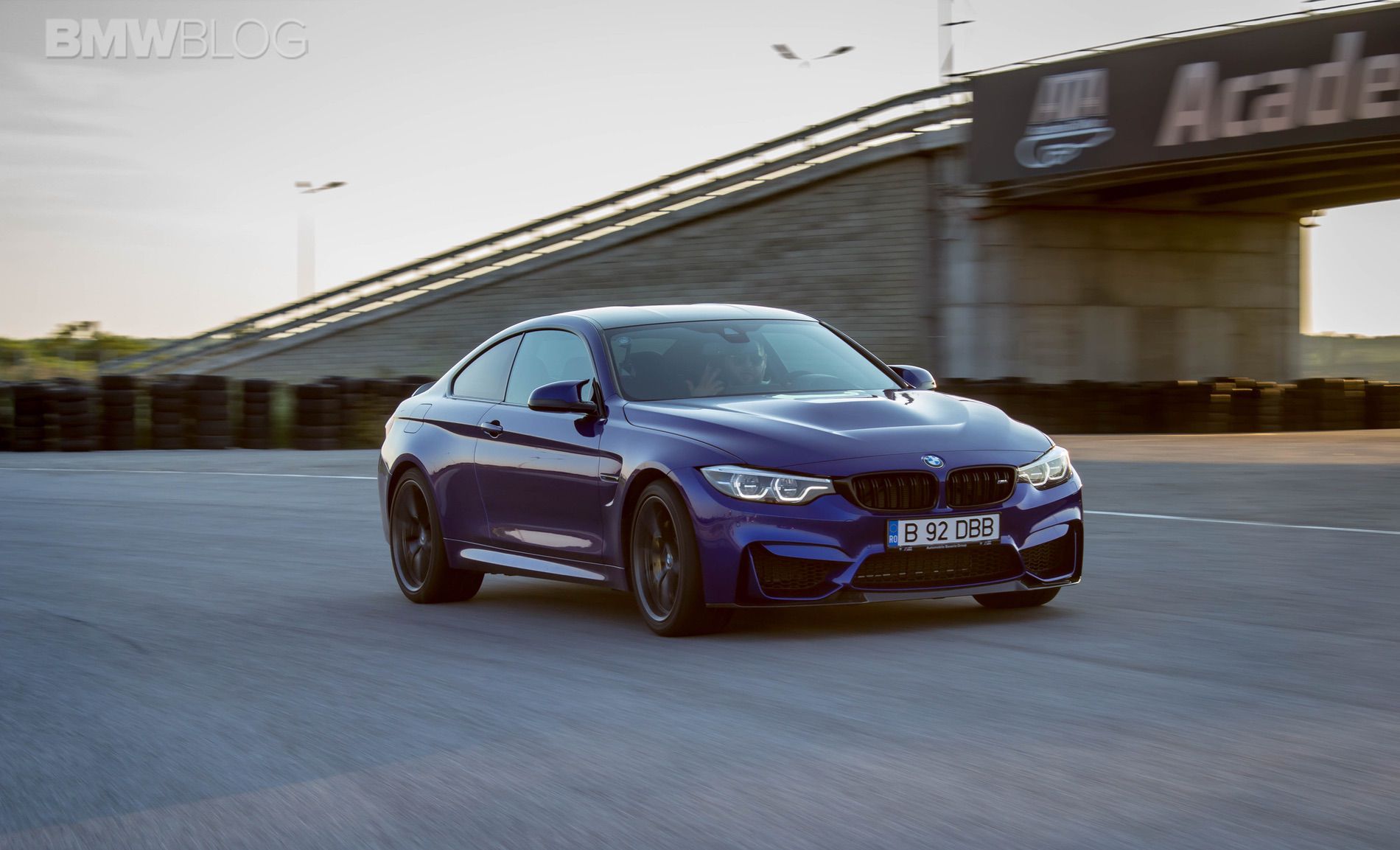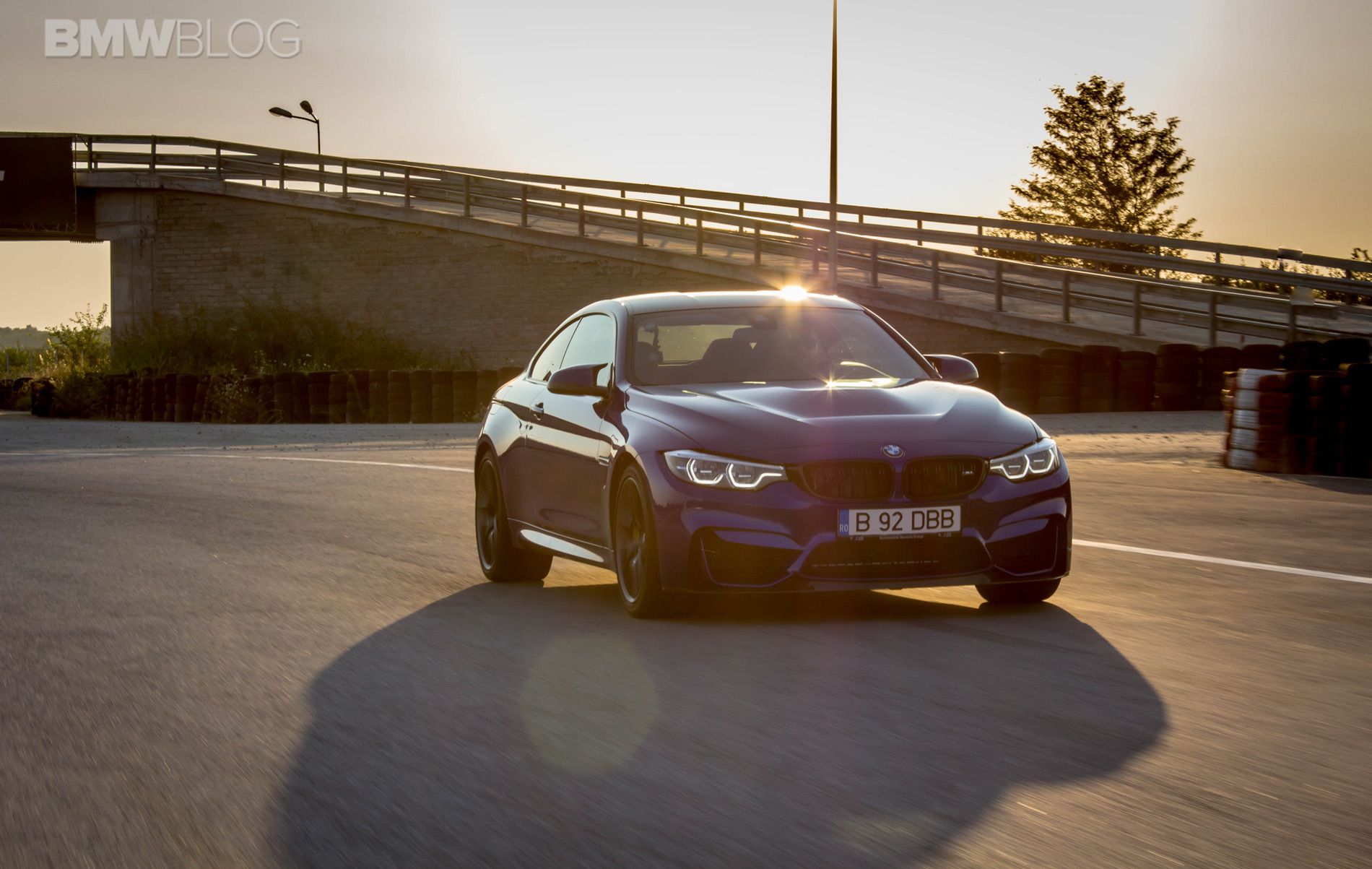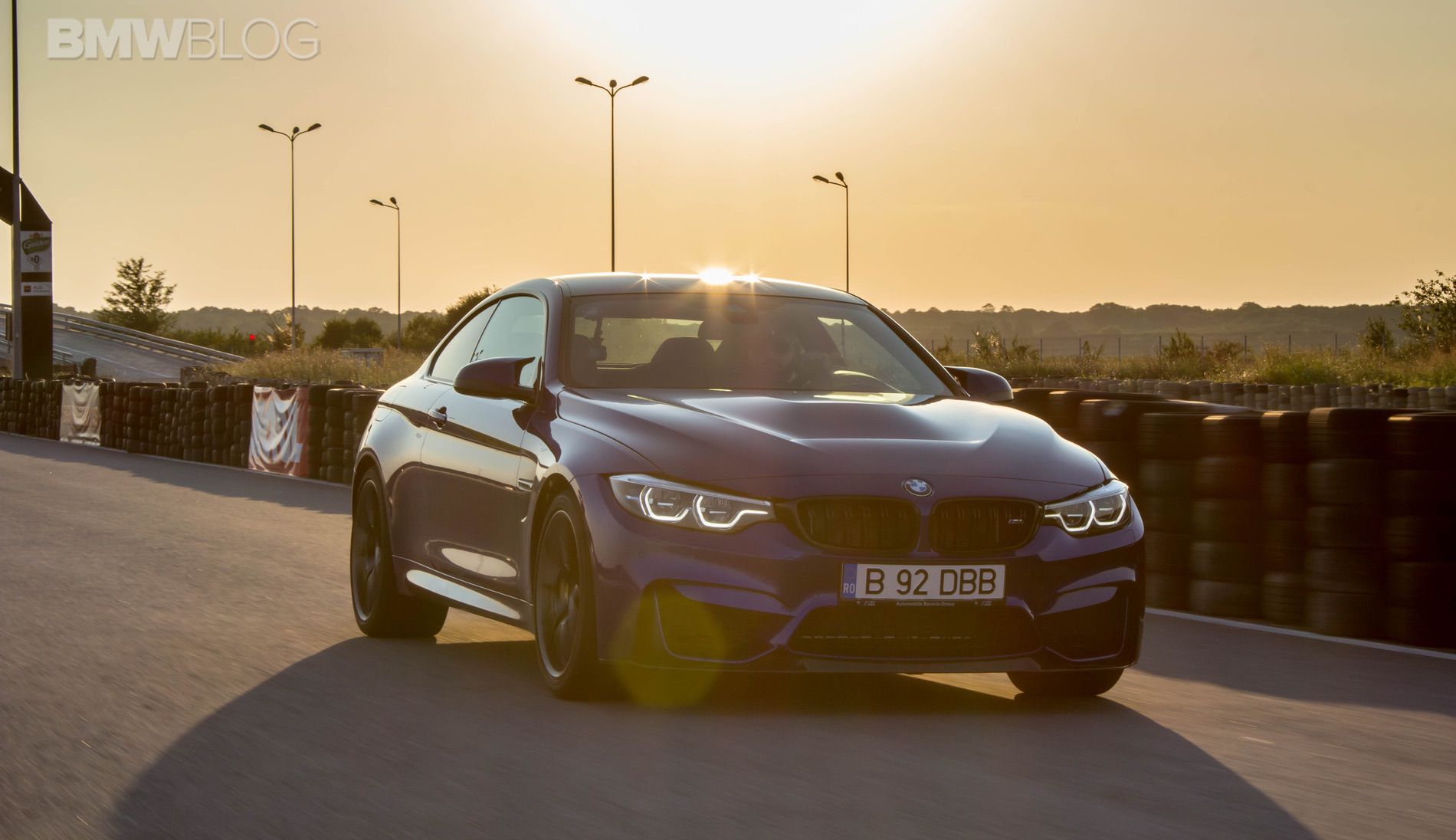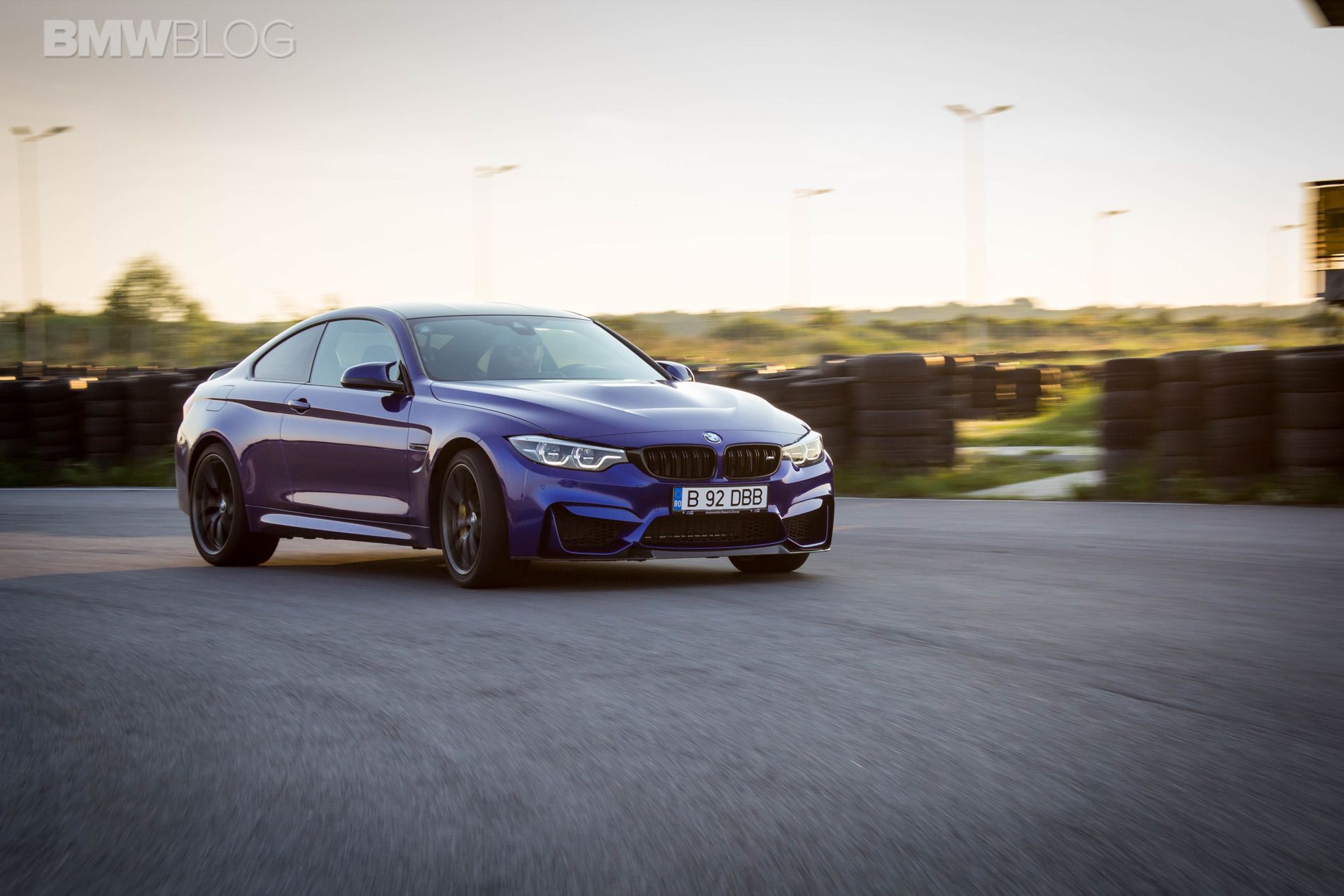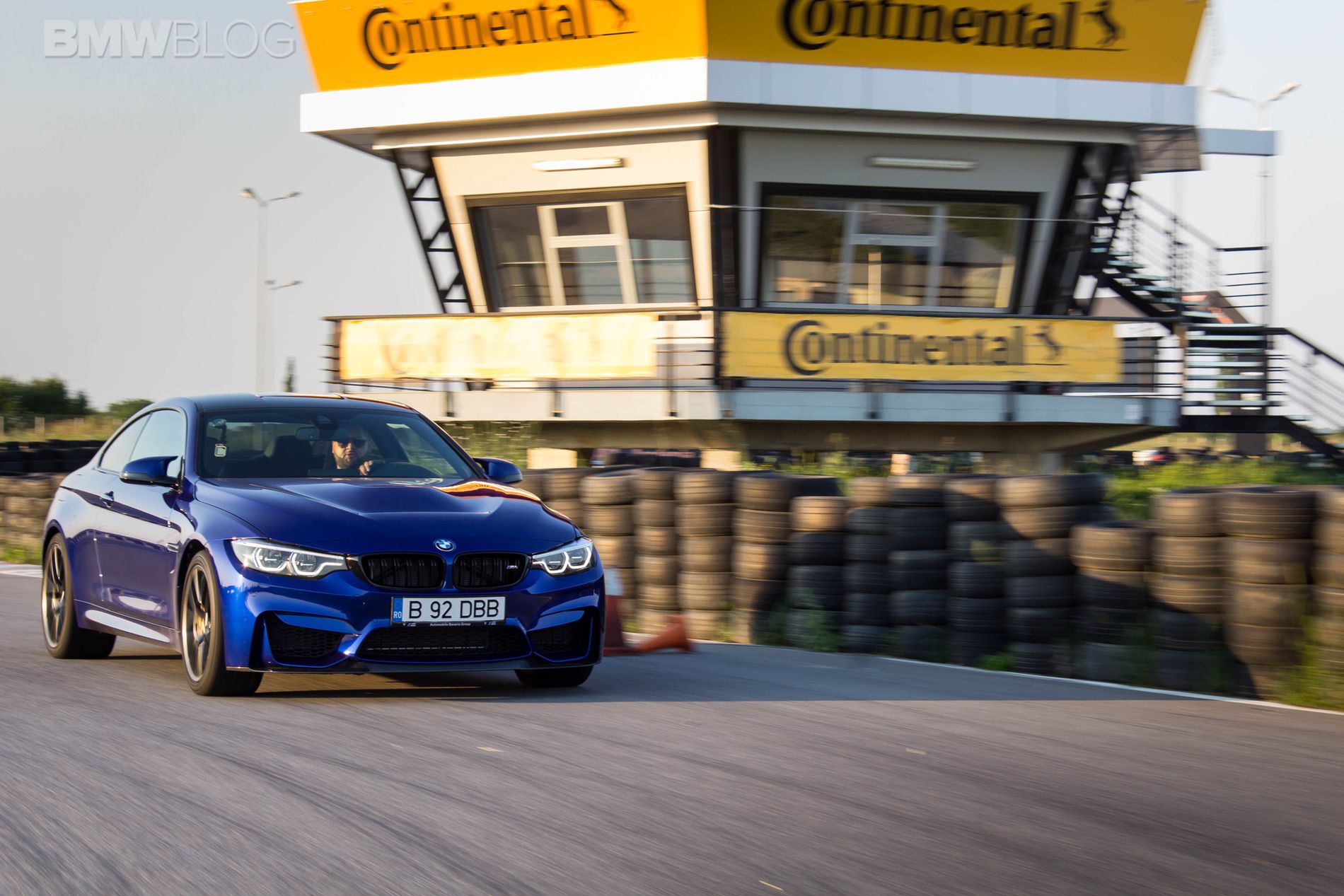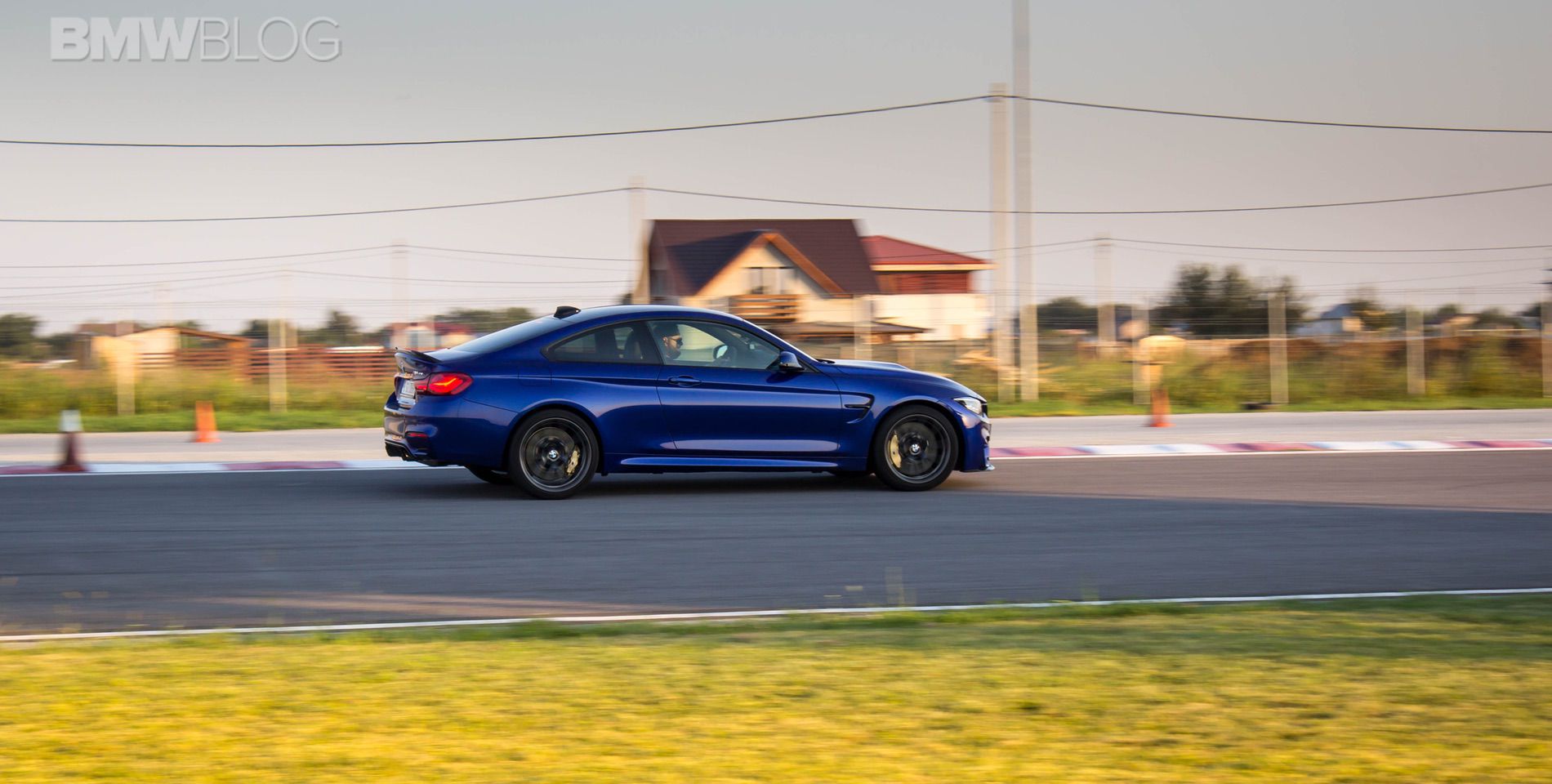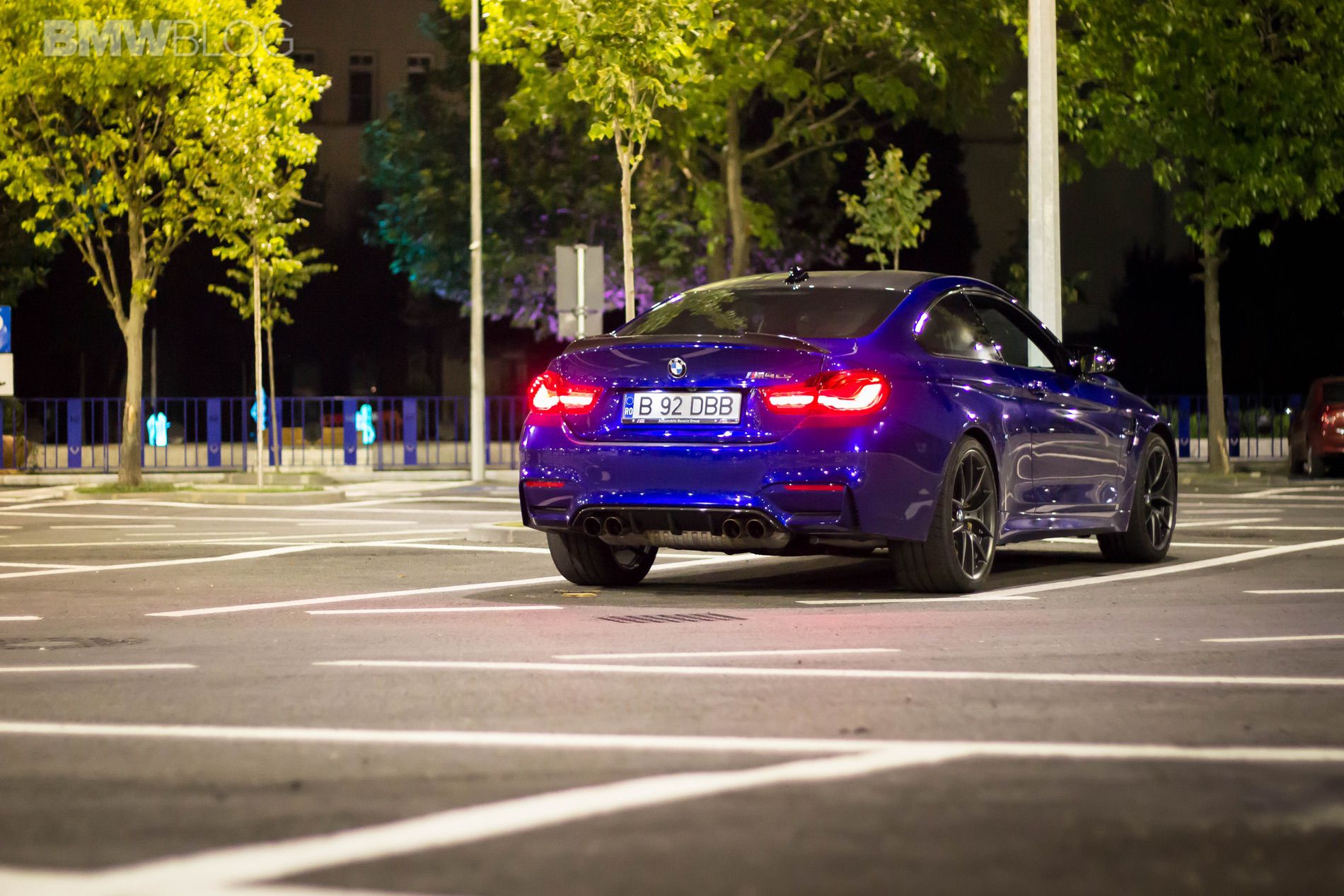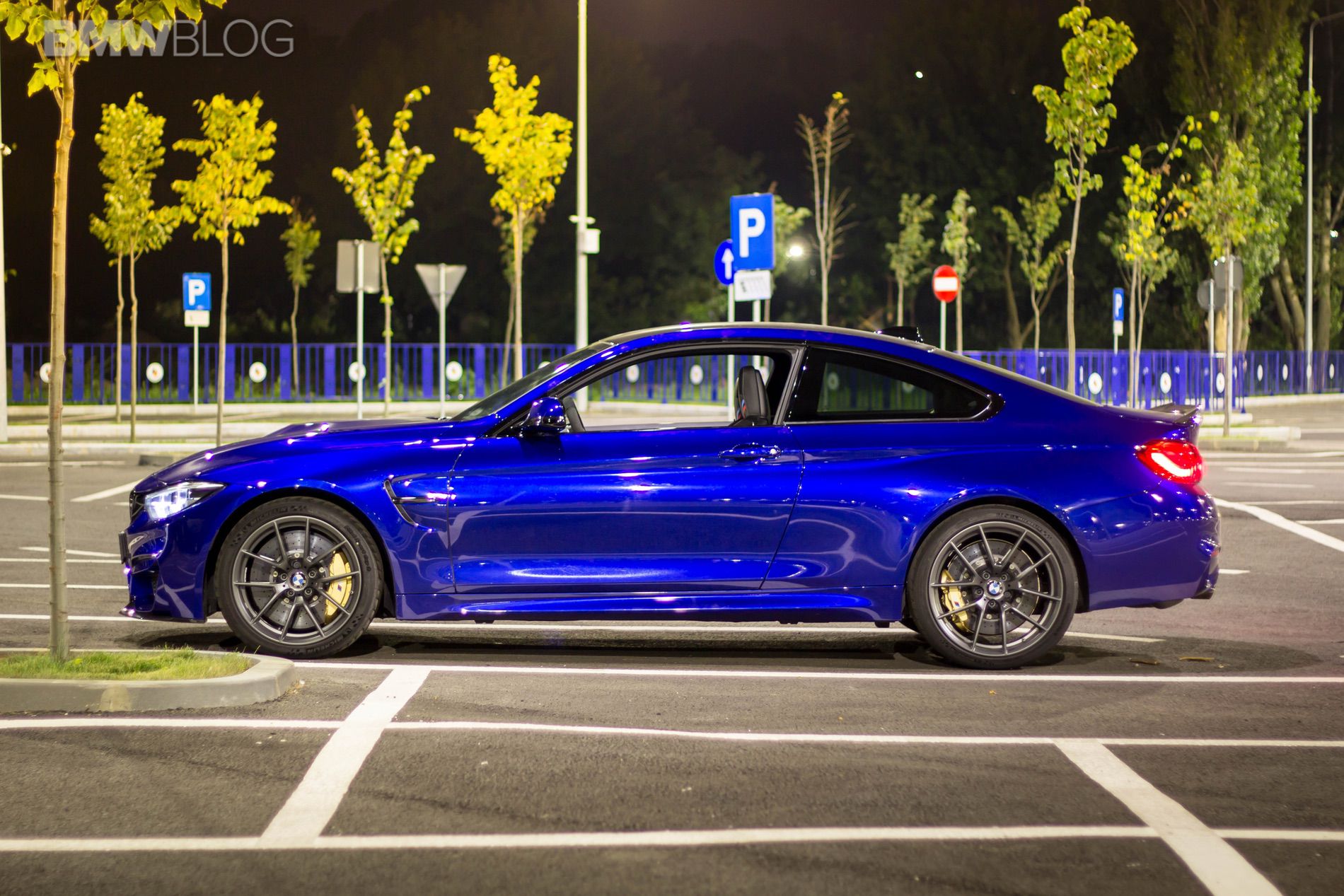It’s quite interesting how a manufacturer can sell you the same car with prices that can double just for some tweaks and yet, that seems to be a recipe for success these days. BMW wasn’t the first manufacturer to do it, actually arriving quite late to the game. The ones that perfected this recipe come from Stuttgart and they go by the name of Porsche. Selling the 911 in so many different guises that you lose count. Porsche knows how to make a GT2, GT3, RS and various other combinations of letters, all with seemingly unique features.
Then there’s BMW with its M products. In recent years, the BMW M division has gone through some changes and to some, it may have lost its initial appeal. I guess it all started with the current generation M3 and M4 models. As a matter of fact, we tend to forget that the M4 is at its first iteration, this being the first time the M3 is sold only in sedan guise. While some were rushing to call this separation of models a failure from the get go, BMW soldiered on and today, almost 5 years later, the 4 Series and, more importantly, the M4 have their own following.
But I digress. I was talking about how BMW is differentiating its M offerings and things started with the current F8x generation. Before that, M cars weren’t differentiated that much from their more down-to-earth brethren. The E46 M3 for example, even though it was offered as both a Coupe and Convertible, had the same codename for both and for the regular 3 Series models. Then came the E9x generation which, even though it had different codenames for different body styles, the M cars were also using the E92 and E93 codenames. Then came the F30 3 Series. While the 3er was differentiated in body styles by codenames, the M cars received their own codenames, to emphasize on the big difference between a ‘normal’ 3 Series and an M3 which now went by the F80 codename. It was a preview, if you will, of the fact that the Germans would try and highlight the special character of the car and its capabilities on the track, with a further reflection in the price tag.
Then another step was made. The BMW M4 was introduced at first to lukewarm reviews. Some reviewers, myself included, complained about the fact that the new engine is too ‘spikey’ with the rear axle breaking traction way too often and way too sudden to allow you to actually control the car properly. Predictability of the rear axle, and being able to control its sliding around just by using your right foot, was something we had gotten used to on the M3. Other than that, the car was praised for the way it handled but it just took some time to adjust to it.
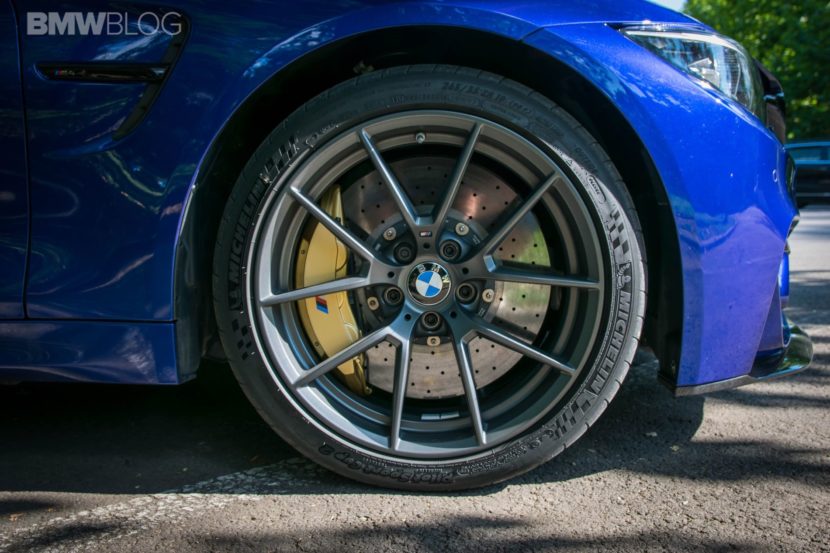
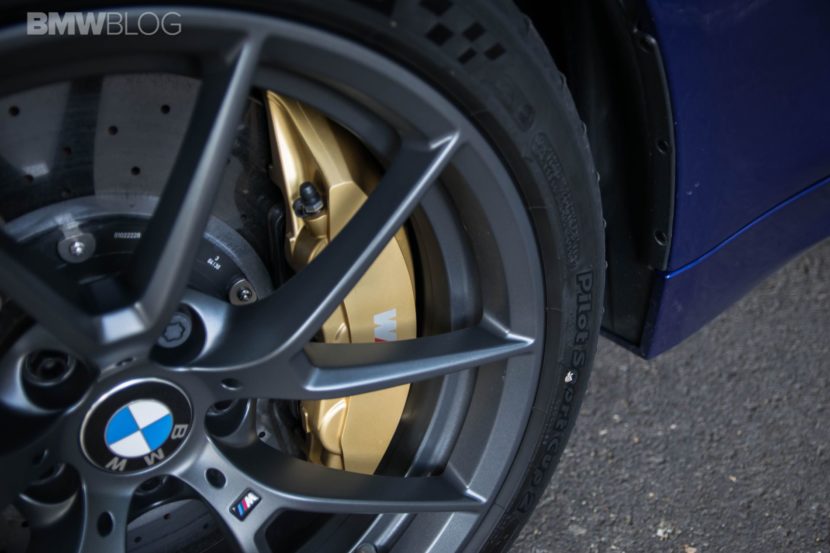 BMW, of course, took notes and then released the Competition Package, a car that was fine tuned to deliver what most of us expected the M4 to be in the first place. Some careful changes done to the suspension and engine as well as the rear diff made all the difference in the world and nobody could complain about the M4 now. Offering a Competition model is not atypical for BMW as a number of cars were offered with such a package in the past as well but back in the day, this was the exception to the rule, an enhancement on an already brilliant car, for those wanting more. Today, this is the norm as BMW announced Competition models will become a regular thing. How does this work?
BMW, of course, took notes and then released the Competition Package, a car that was fine tuned to deliver what most of us expected the M4 to be in the first place. Some careful changes done to the suspension and engine as well as the rear diff made all the difference in the world and nobody could complain about the M4 now. Offering a Competition model is not atypical for BMW as a number of cars were offered with such a package in the past as well but back in the day, this was the exception to the rule, an enhancement on an already brilliant car, for those wanting more. Today, this is the norm as BMW announced Competition models will become a regular thing. How does this work?Well, according to the Germans, the M cars will be split into four different breeds. We’ll get the base M car first, launched as any M car would be launched, with what may very well be a baseline reading for what the model can do. That would be the BMW M4. Then a Competition model would be offered, with a bit more power and a bit more fine-tuned, to iron out some of the creases reviewers might find on the base model. As you can already see, this pattern is already being implemented on the M5 range, with the Competition model now making its debut worldwide.
Then we’ll get the CS models. These are almost track-ready machines. CS stands for Club Sport and it usually means the car you’re about to drive has been enhanced just enough to still allow you to use it on public roads without major issues but also be quite the track beast. The CS is also just an “L” away from the top gun of any M car, the CSL model.
The perfect example to show you exactly what sets apart the CS from the CSL models is the car we’re discussing today, the BMW M4 CS, which is just shy in terms of performance from the track-ready BMW M4 GTS. “But wait, you said CSL not GTS”… Yes, well BMW apparently decided to change its naming pattern a while back and they confirmed that for the future, the GTS badge will be replaced by the CSL one for the most hardcore M models.
So, what’s so special about the BMW M4 CS and why is there a need for a GTS model? First of all, the CS is meant to be a more approachable machine, one that would come with less tradeoffs compared to the GTS. As you probably already know, the GTS was created to be used almost exclusively on the track. Sure, you can still drive it on public roads but that may not be the most enjoyable experience. From the extremely low ground clearance, to the easily breakable adjustable front carbon fiber splitter and the lack of seats in the back, the GTS isn’t exactly grocery shopping friendly. Get it on the track and things change considerably but other than that, it would be hard even to park it on your driveway, making living with it not the most enjoyable experience.
So introducing the BMW M4 CS.
The CS is not a detuned version of the GTS as some may think. Instead, the CS is an enhanced version of the Competition Package M4. It builds on that successful recipe, trying to bring you a better mix between trackability and comfort than its more hardcore brother. From the suspension to the engine everything was taken up just a few notches higher so that the M4 CS offers an even more rewarding experience to the driver.
From the outside, the M4 CS is instantly distinguishable from anything else in the range thanks to a couple of well-chosen items. Up front you get a carbon fiber fixed splitter which is there to help out with aerodynamics. It is not adjustable as it is on the M4 GTS but that’s not really an issue as few people would actually know how to adjust it in the first place. Then there’s an added boot lid spoiler made of the same material noticeable round the back and a set of new, lightweight wheels on all four corners tell you that this is no ordinary M4. Chip in the Cup 2 tires and you’ll soon know you’re looking at an M4 CS if you pay attention to the details. However, the biggest giveaway are the taillights. They are the same as on the GTS and they use OLED technology to create a mesmerizing 3D effect which is just absolutely brilliant. The moment you unlock the car, the taillights come to life with each blade lighting up from the license plate to the outside of the car, basically winking at you if you will. It’s definitely a show stopper.
Moving on, the M4 CS was also created to shave some weight off its hips, to help with lap times. Therefore, we get the same CFRP bonnet as on the M4 GTS and the same door panels inside, fitted with a textile band to grab on to, in order to close the door. There’s also no center armrest in the M4 CS and no 2-zone climate control available. The sound system has been reduced to speakers in the dash and under the seat, also to save weight. It’s not as bad as you may think though. It may not have the best mid-range sound but it’s decent nonetheless. Not that you’d waste your time listening to your favorite tunes in this car, but I just wanted to let you know that you could if you wanted to. Unlike the GTS, though, the M4 CS does come with rear seats and that’s a big plus in terms in practicality in our book. With all these measures in place, the M4 CS is 35 kilos lighter than a BMW M4 Competition Package if you buy it in standard guise. Our tester came with Carbon Ceramic Brakes though, an 8,000 EUR option which shaves some more weight. Yes, it may not be a big difference but every pound counts.
The M4 CS is also distinguishable from the rest of the line-up by the color you can get it in. BMW decided only three colors will be available for it: San Marino Blue, Lime Rock Grey and Frozen Dark Blue. The latter was available only on a limited number of cars, but nonetheless, the other two options are breathtaking, especially San Marino Blue, the color of our tester.
Under that pretty colored hood, we get an enhanced S55 3-liter straight six twin-turbo engine. Once again, it’s not a de-tuned version of the water-injection engine on the GTS but rather an enhanced model compared to the Competition model. It has 10 extra HP and some 50 Nm of torque more, raising the total output to 460 HP and 600 Nm (442 lb-ft) of torque, numbers that may not seem like a huge improvement on paper. In real life though, it’s not exactly the added oomph you feel but rather how it is delivered.
Since there are not hardware changes on the CS compared to the Competition model, this could very well be used in a manual to show how to get the most out of a car by simply taking it out for a drive and figuring out where improvements need to be done. On the road, the balance of the car is absolutely impressive, even on uneven roads. It’s not as harsh on your back as you may think, as the seats are quite comfortable to begin with. Sure, it’s not on the same level as a 7 Series but you could go for longer drives if you wanted to and you don’t mind the lack of sound insulation which may cause drone at times. Then again, that helps out with the exhaust sound which is noticeably better than in the standard M4 model, but not as good as on the GTS with its titanium exhaust. Still, it’s the best sounding M4 on the market.
Since we’re discussing the practical side of things, let’s get some things out of the way. As you may expect from a more track-focused car, the M4 CS isn’t exactly the car you’d want to drive all day long while doing your chores. The stiffened suspension makes it feel uncomfortable on bad B-roads or even around town, where pot holes and speed bumps can easily ruin your day. The carbon fiber splitter up front will also make you extra careful to avoid hitting any curves at the wrong angle as well as up ramps.
The car’s ground clearance isn’t all that bad but you do find yourself being extra careful all the time, making your trip a bit more stressful than it should be. Furthermore, the turning radius isn’t all that great either, making parking or U-turns even more difficult. Then there’s the fact that the interior has been stripped out and storage space is quite limited. It may not seem like an issue reading this but after a while, the lack of door pockets becomes annoying as does the lack of an armrest. Furthermore, the armrests on the doors are slanted, at an angle, and aren’t exactly comfortable for longer trips as I noticed my elbows would start to hurt after a while. That being said, these are all the downsides I could find to living with an M4 CS on a daily basis. But then again, this car wasn’t designed to take you to the mall but instead to the track and that’s where it shines.
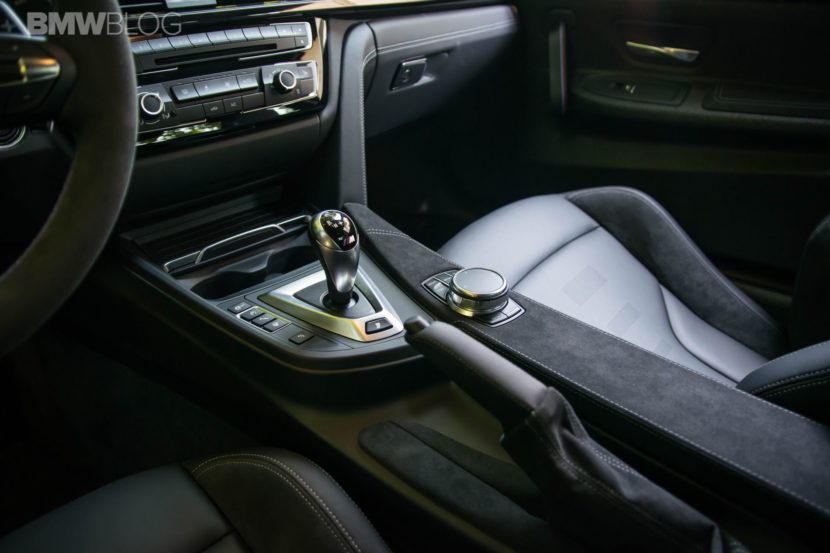
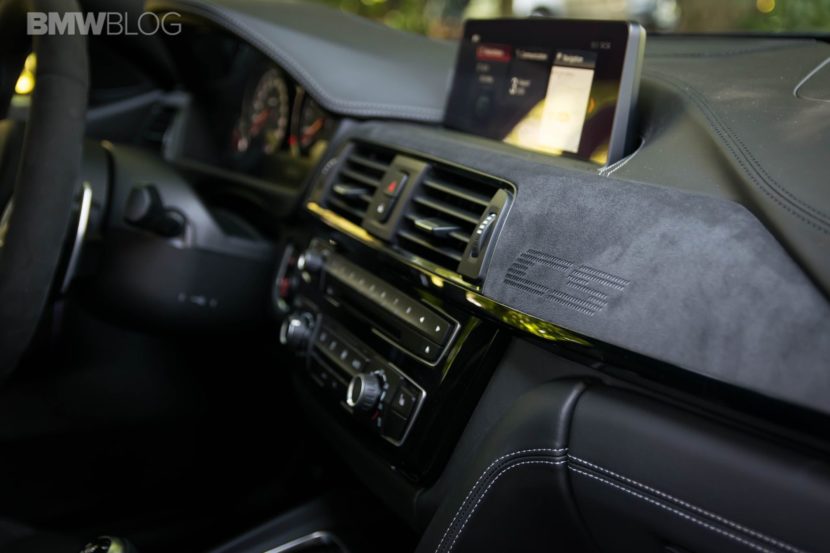 The M4 CS was obviously tuned to be more controllable than the regular M4. The engine management software was definitely meddled with to make sure the twin-scroll turbos don’t offer a sudden burst of power by skipping the mid-range altogether. This new configuration allows you to feed power to the rear axle more and more as you exit a turn, without the fear of losing control. Sure, a lot of this credit goes to the new ECU map which has a more predictable power and torque delivery but an equal amount of credit also goes to the new wheels and especially tires.
The M4 CS was obviously tuned to be more controllable than the regular M4. The engine management software was definitely meddled with to make sure the twin-scroll turbos don’t offer a sudden burst of power by skipping the mid-range altogether. This new configuration allows you to feed power to the rear axle more and more as you exit a turn, without the fear of losing control. Sure, a lot of this credit goes to the new ECU map which has a more predictable power and torque delivery but an equal amount of credit also goes to the new wheels and especially tires.It’s quite interesting how some people overlook the importance of proper rubber but all they really need to do is to drive a BMW M4 Competition and a BMW M4 CS back to back and they’ll soon realize how much of a difference they can make. Sure, the suspension on the CS has been enhanced but only ever so slightly, which leaves us to wonder just how important lightweight wheels and good tires are for a car.
The nose of the M4 CS sends a lot more feedback into the palms of your hands, even though the steering rack on the CS isn’t new compared to the Competition, but instead has been slightly enhanced. Furthermore, the amount of grip you get from the rear axle, considering how unpredictable the standard M4 is, makes you realize that those little pieces of rubber connecting you to the asphalt are not to be overlooked. The Michelin Pilot Sport Cup 2 tires might just be the most important upgrade on the M4 CS after all.
The CS enters corners with a confidence which could be taken for madness on other M4 models in the range. It’s flatter all around and allows you to exit a corner with a composure that makes the Competition model seem like a different league altogether. The weight is transferred smoothly from side to side and front to back, showing what retuning the dampers can do for a car. Furthermore, the DSC system is faster and works brilliantly with the rear diff to allow you to feel what the rear axle is doing with your right foot. All these improvements make the M4 CS feel razor-sharp in every situation. Even the turbos feel like they spool up faster and the delivery of the power is a lot more predictable and smoother, infusing confidence in the person behind the wheel. With a 0-62 mph sprint claimed at 3.9 seconds, there’s always a feeling in your heart that BMW is blatantly lying when saying this car has only 460 HP.
One important mention also has to go to the brakes. The car we tested wasn’t fitted with a lot of optional features. With a starting price of 124,000 EUR, our car’s window sticker reached 134,770 EUR with 8,000 of that going solely to the Carbon Ceramic Brakes. It’s an expensive option but I think it’s worth it because, in combination with the extra sticky Cup 2 tires on the front axle, it turns the M4 CS into a face-warping stopping machine, with no signs of fade after tens of laps on the track. During our testing session they were definitely one of the highlights and, if you plan to buy this car, you should probably tick this box as well because they will be put to use.
That brings us to the rather obvious conclusion that this thing is meant to be bought by people who will actually take it to the track at least once a month, to let it do its thing, as it was designed to. The BMW M4 CS is a brilliant machine which shows exactly what the F8x chassis is capable of when taken to the limit. Sure, the GTS may be the more track-focused machine but there are just too many trade-offs to live with. Furthermore, since only 700 units have been made, you might have a hard time finding one for sale in the first place.
The BMW M4 CS however, will be built in as many units as the customers demand, BMW estimating some 2,000 will be made. Yes, it’s considerably more expensive than the standard M4 but then again, it also feels like a different animal altogether and it will only make sense on the track. On a daily basis you can enjoy it but nobody will be clamoring at the chance to go grocery shopping with it at the end of the day. Take it to the track and you’ll soon find your money’s worth, as this is the best M4 you can get today, a recipe fine-tuned to the absolute max.
BMW M4 CS Review & Test Drive
Exterior Appeal - 10
Interior Quality - 9
Steering Feedback - 8
Performance - 9
Handling - 10
BMWness/Ultimate Driving Machine - 10
Price Point - 7
9
The BMW M4 CS is a brilliant machine which shows exactly what the F8x chassis is capable of when taken to the limit. Sure, the GTS may be the more track-focused machine but there are just too many trade-offs to live with. Furthermore, since only 700 units have been made, you might have a hard time finding one for sale in the first place.


